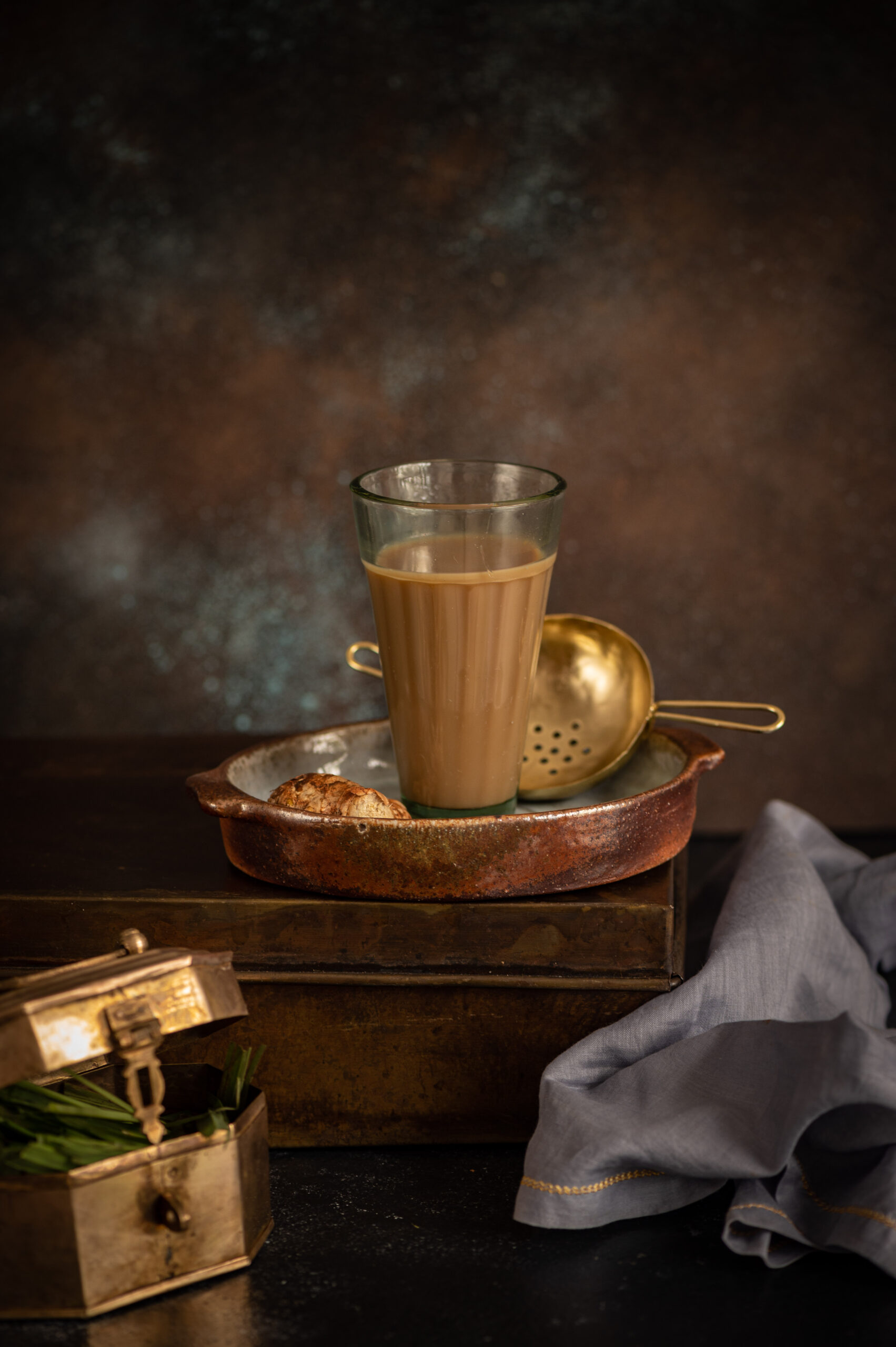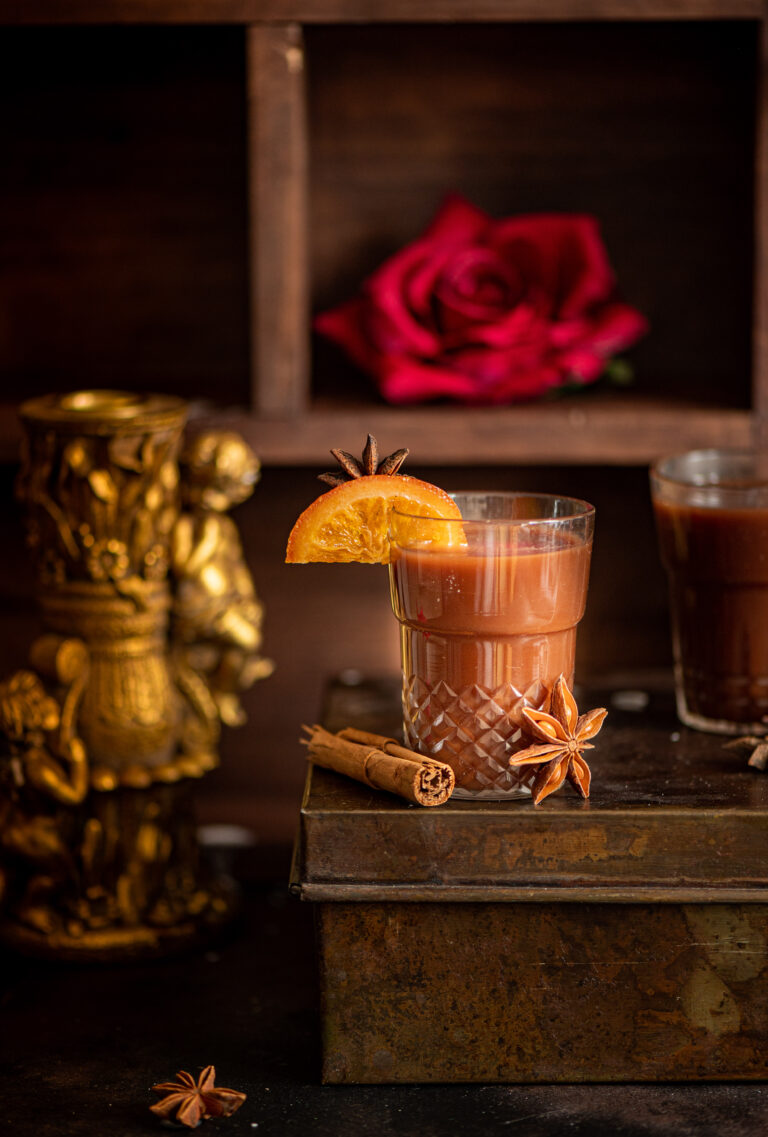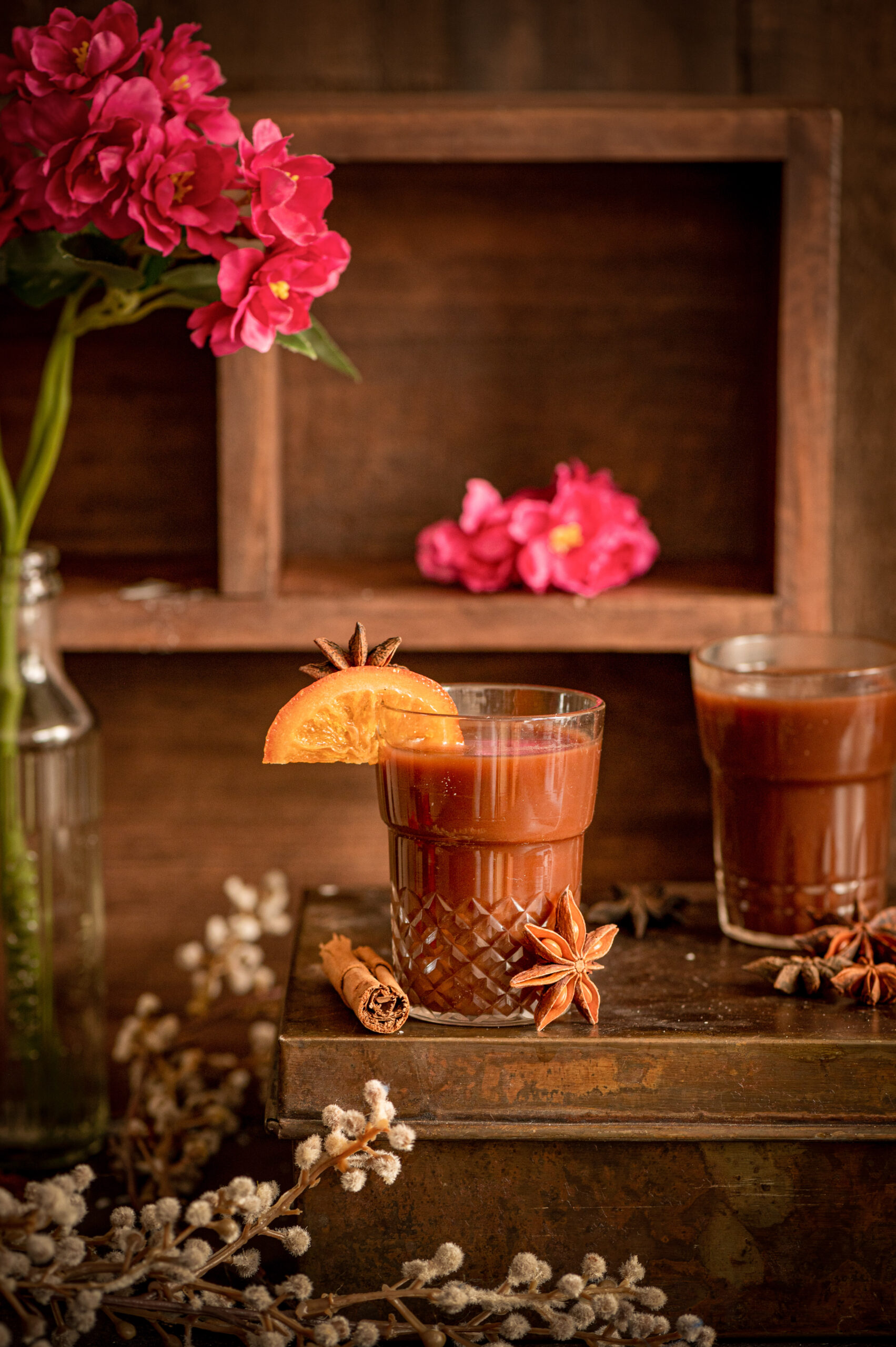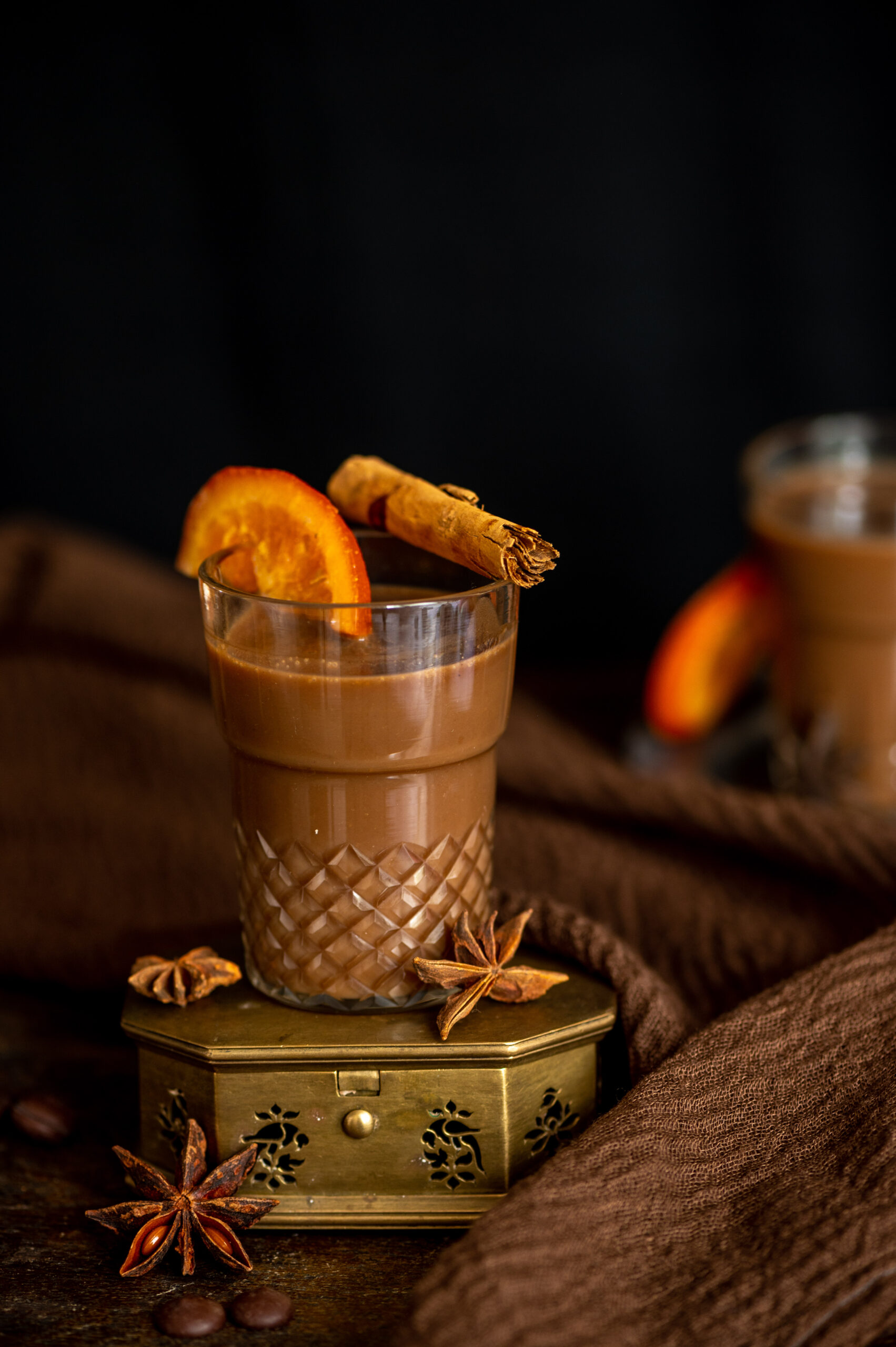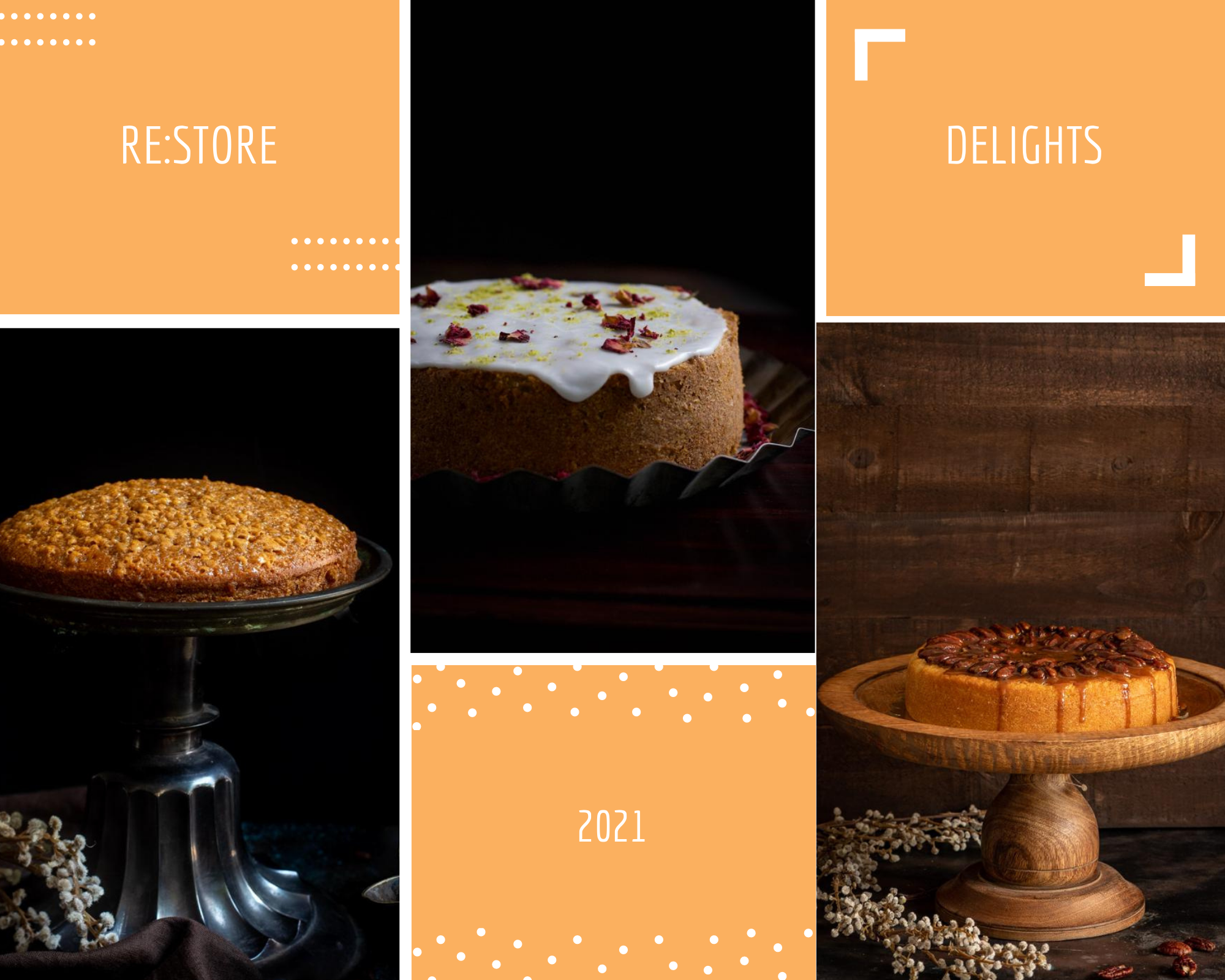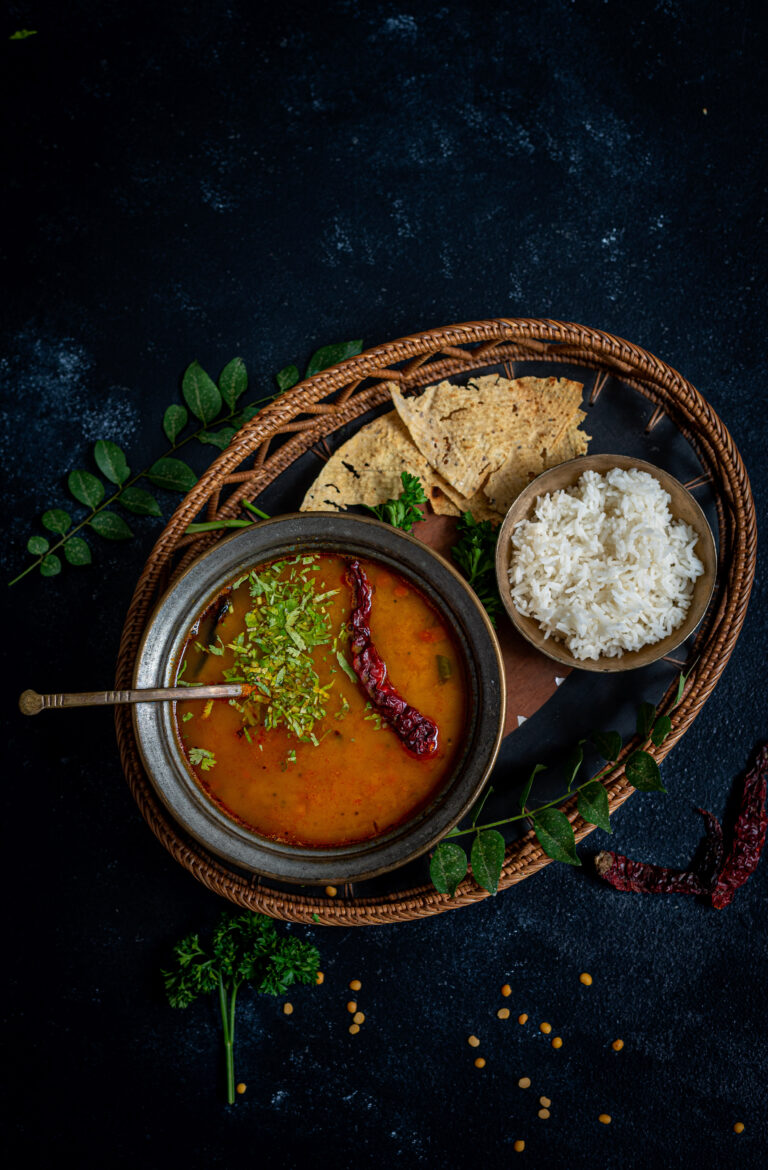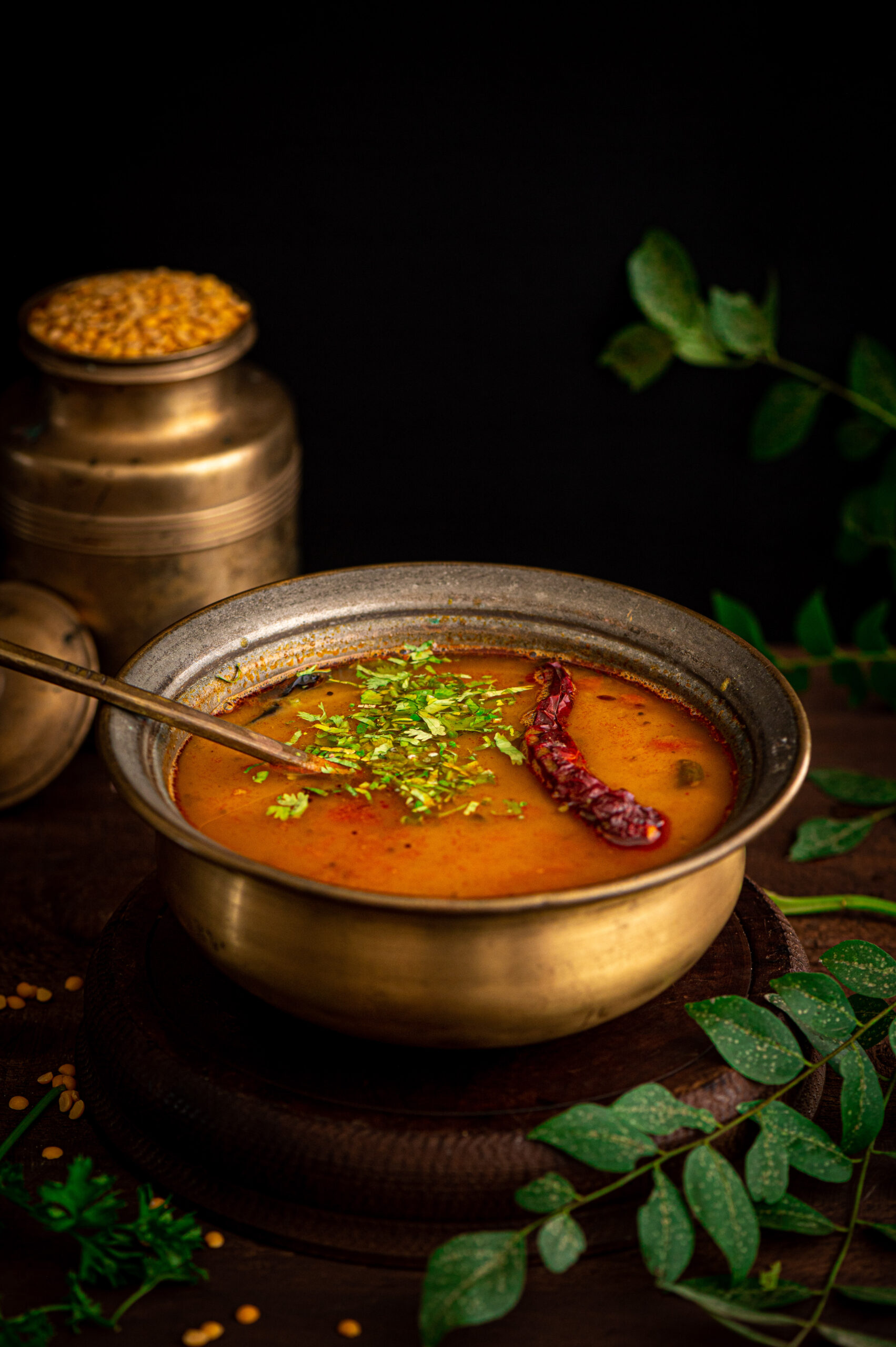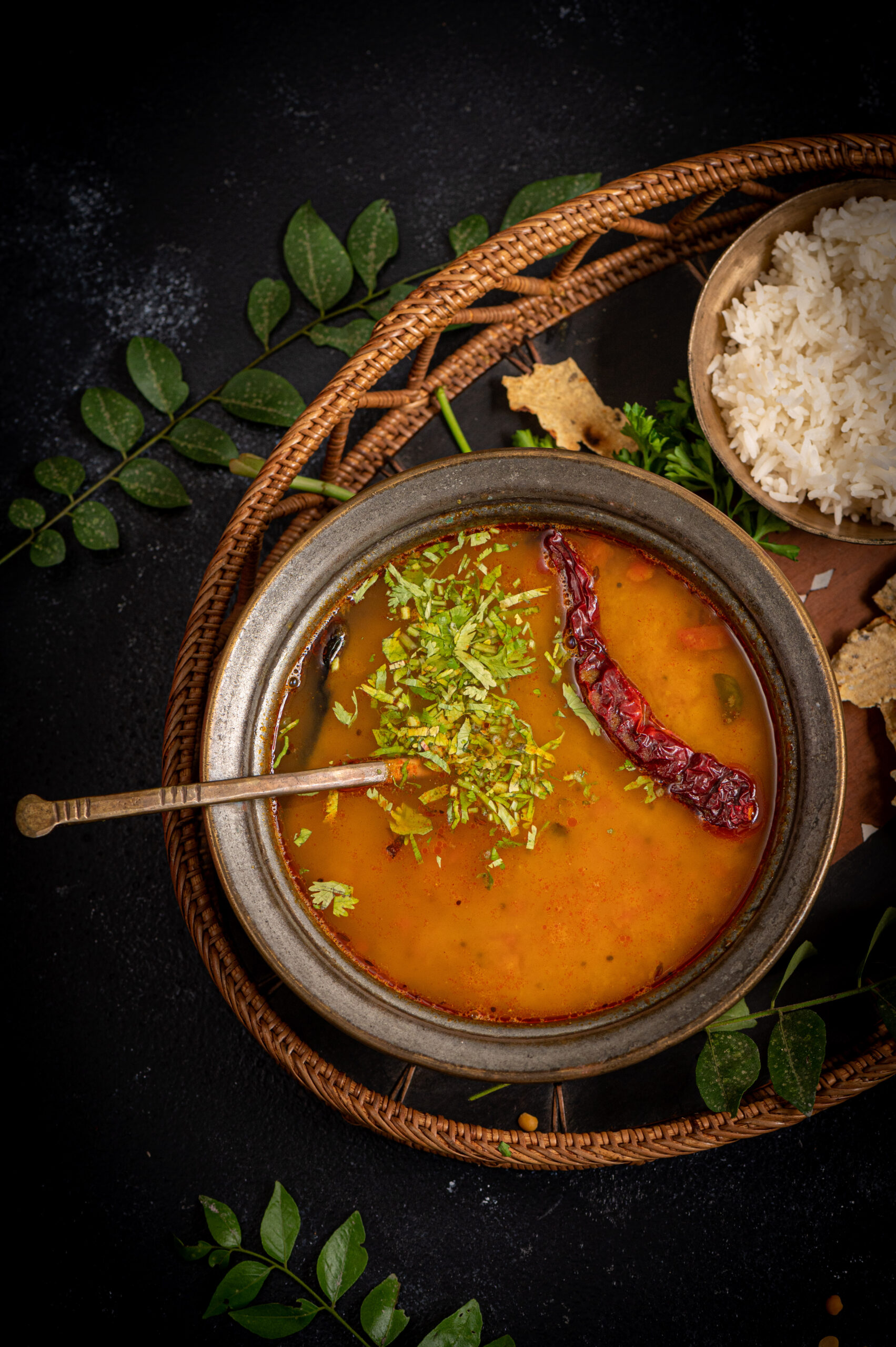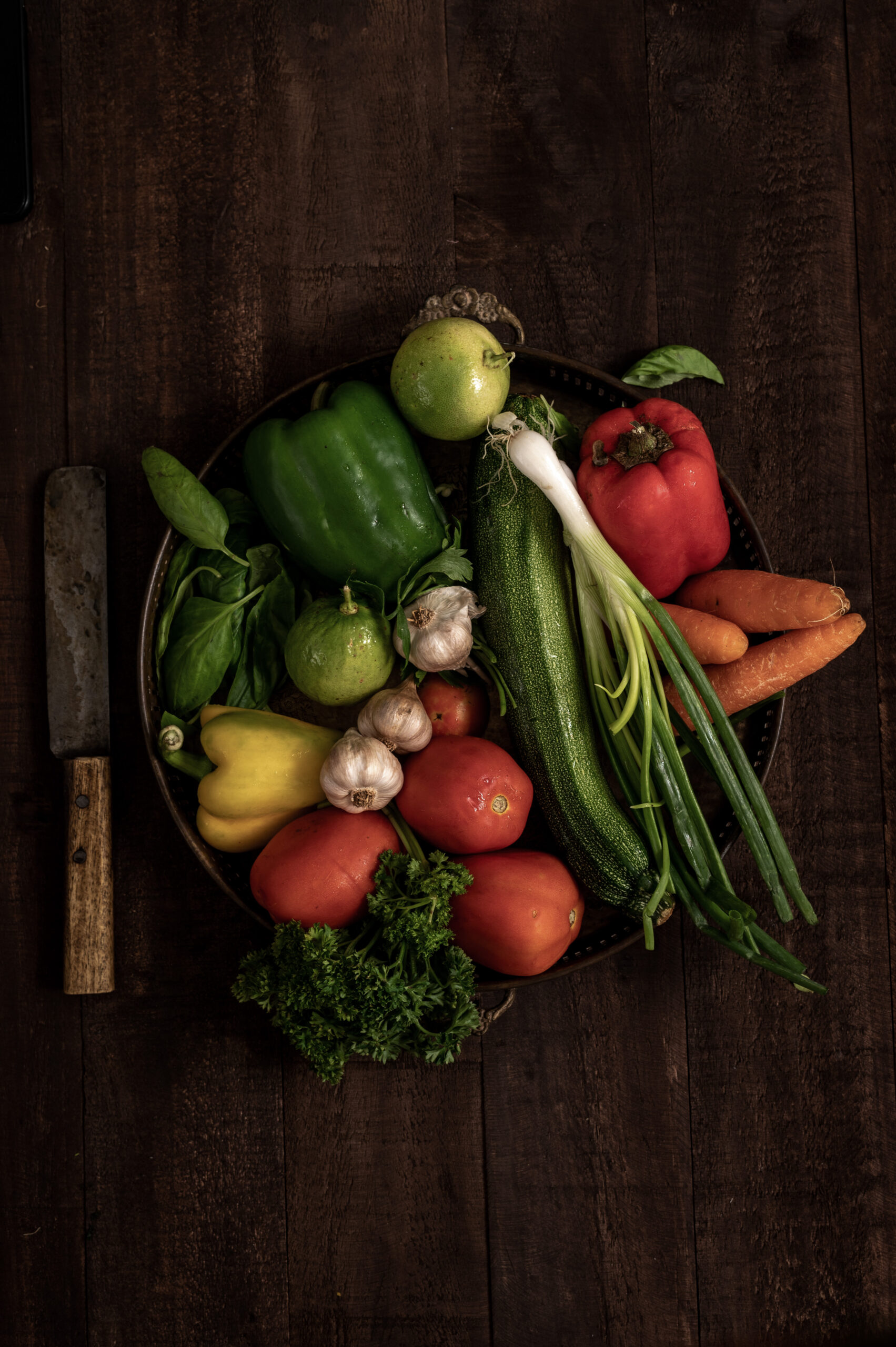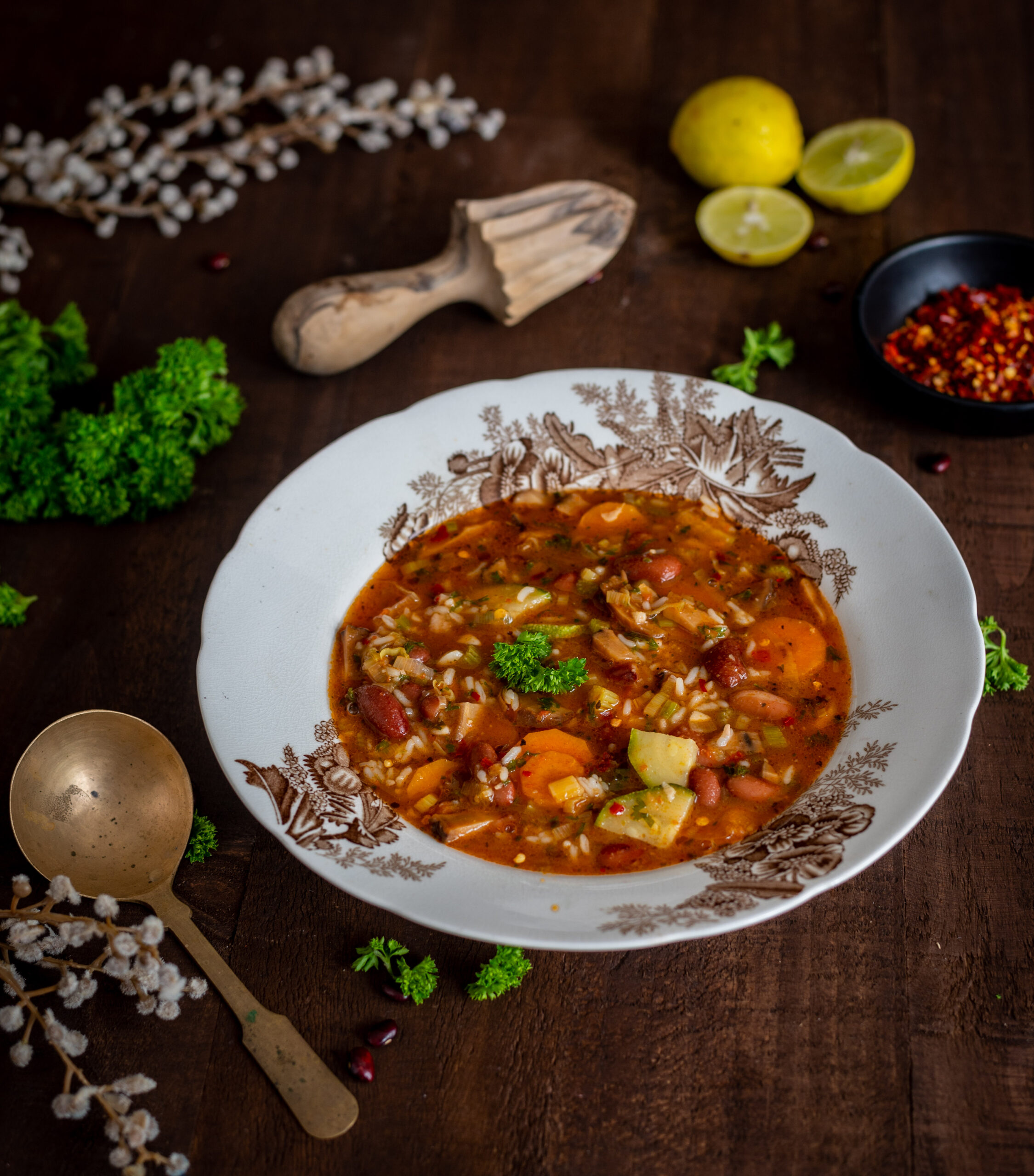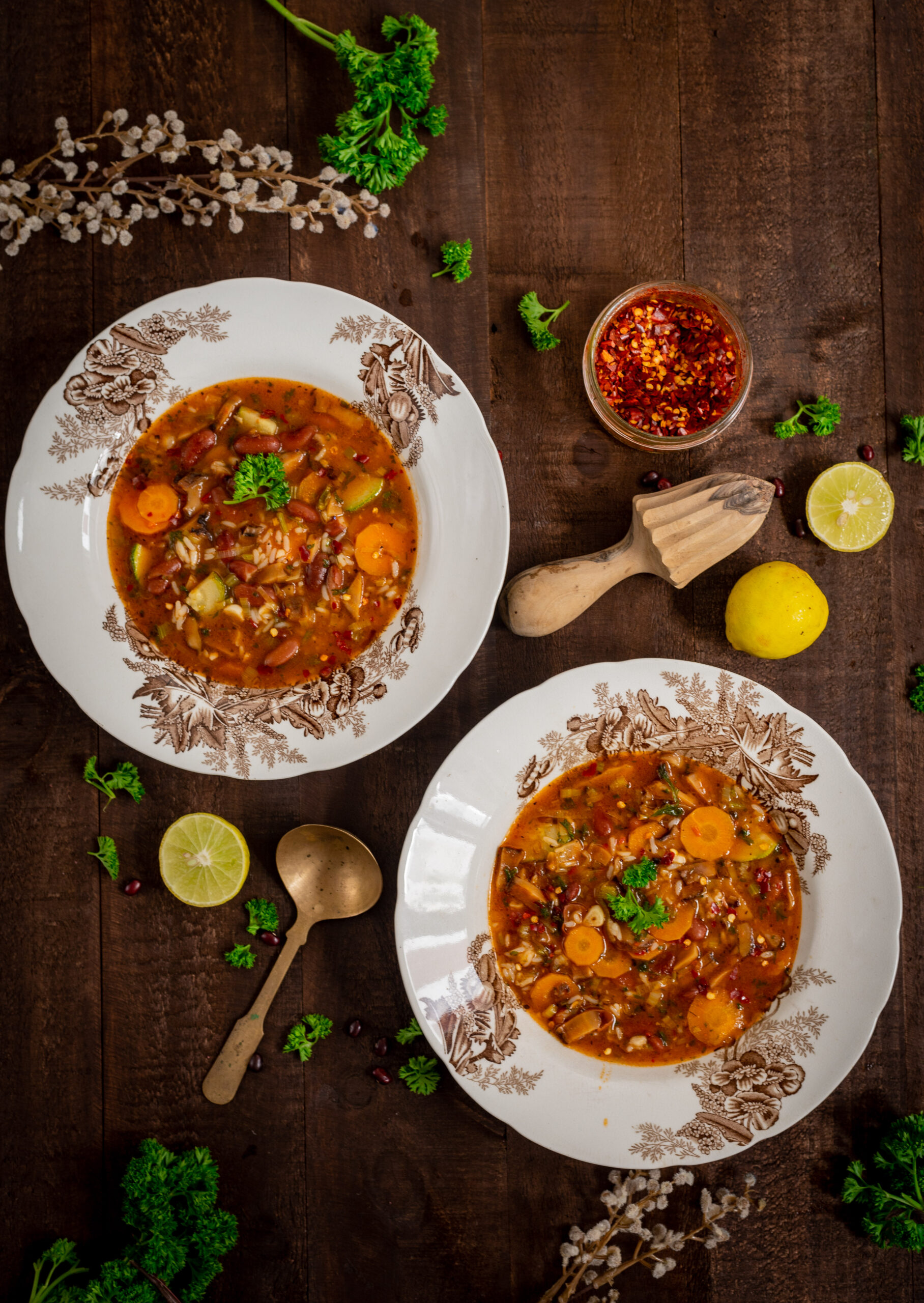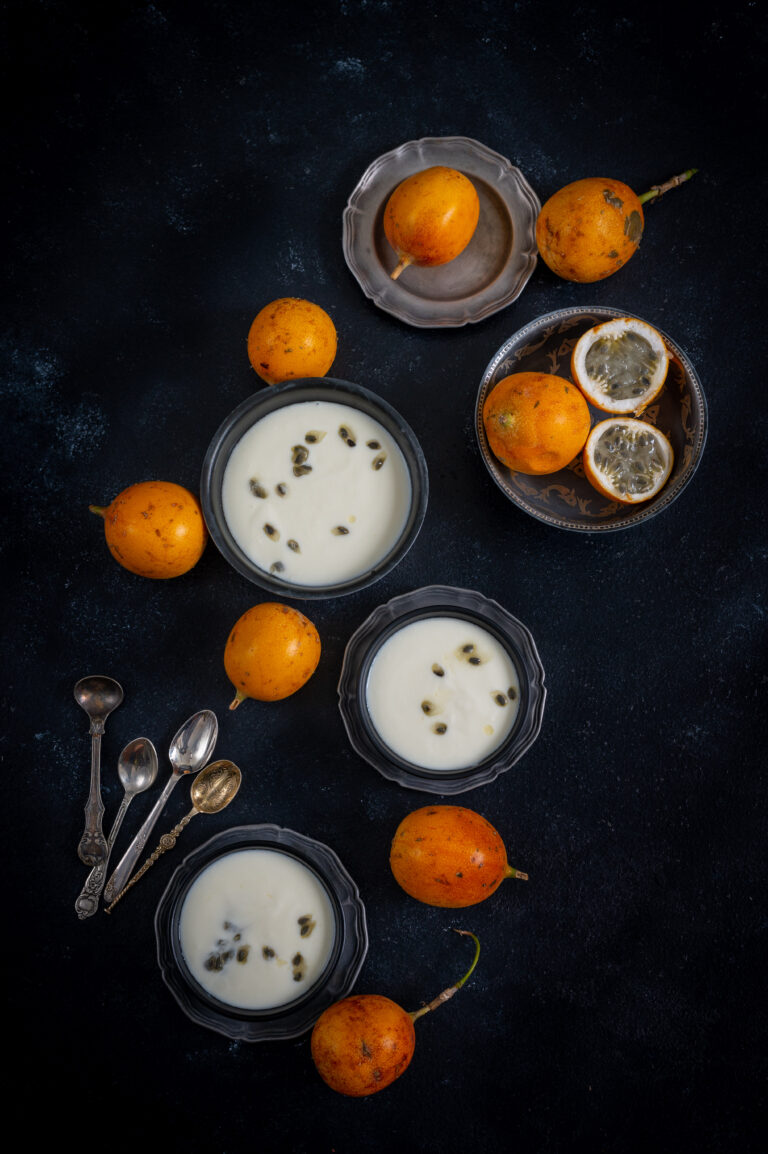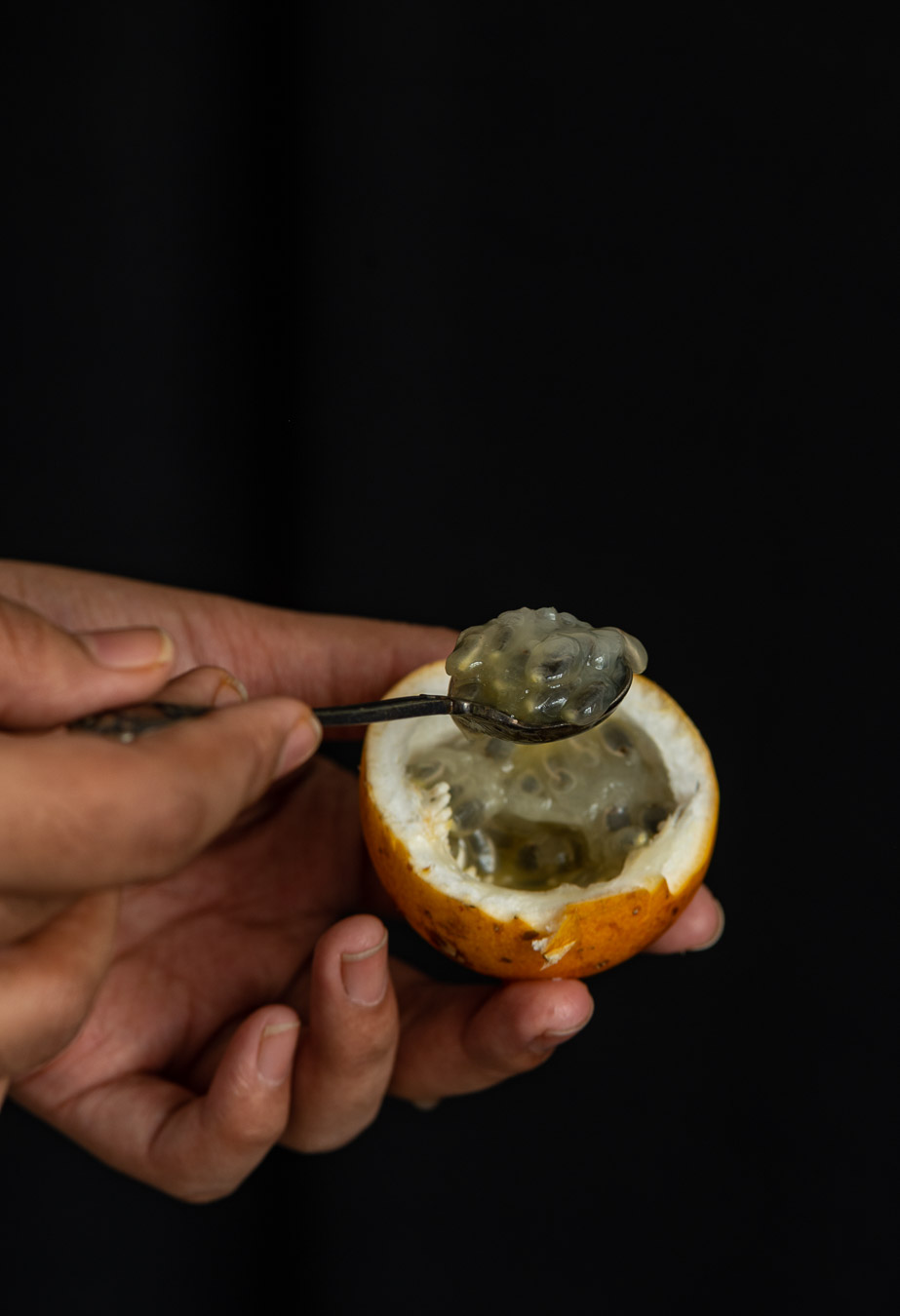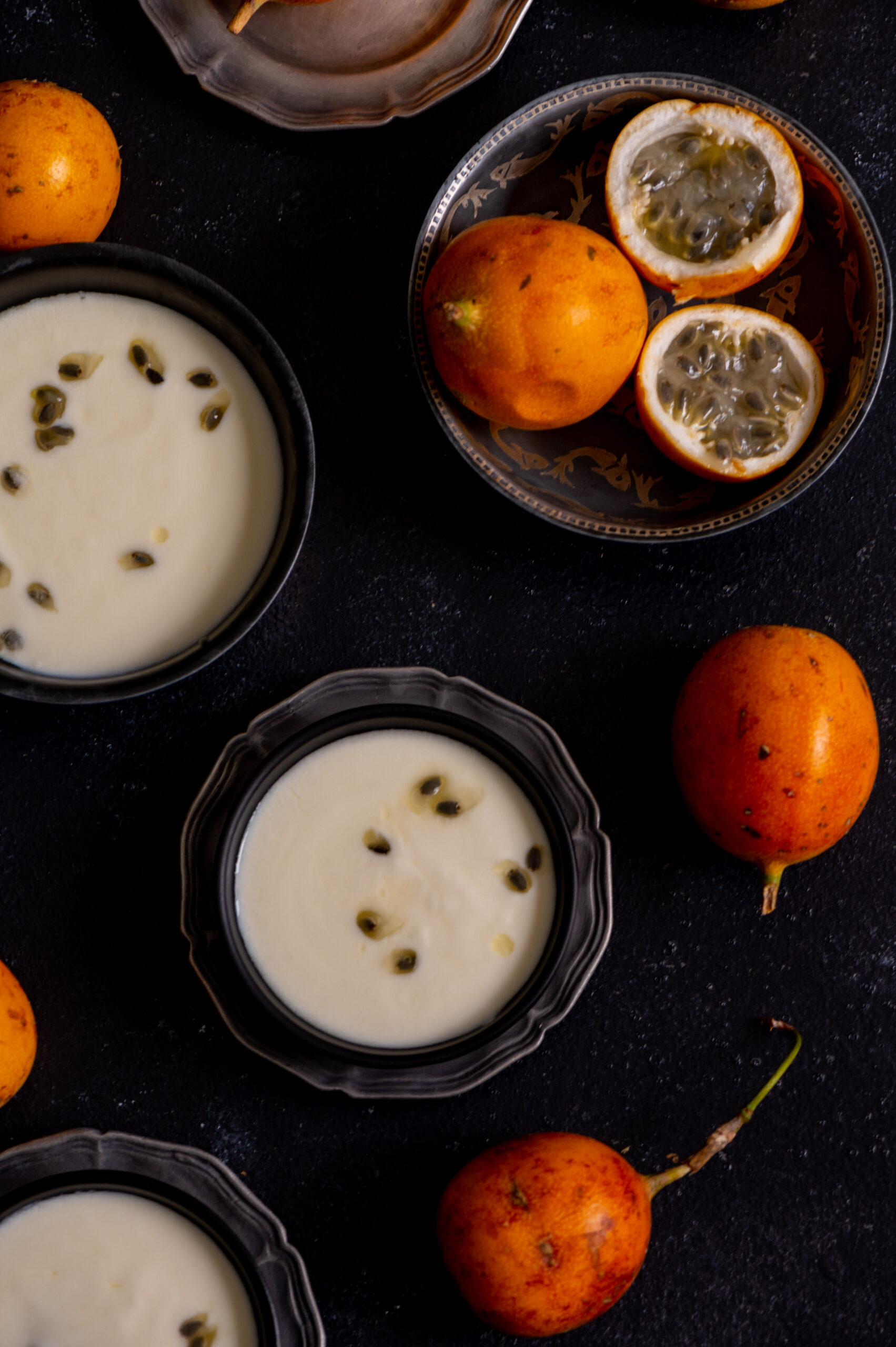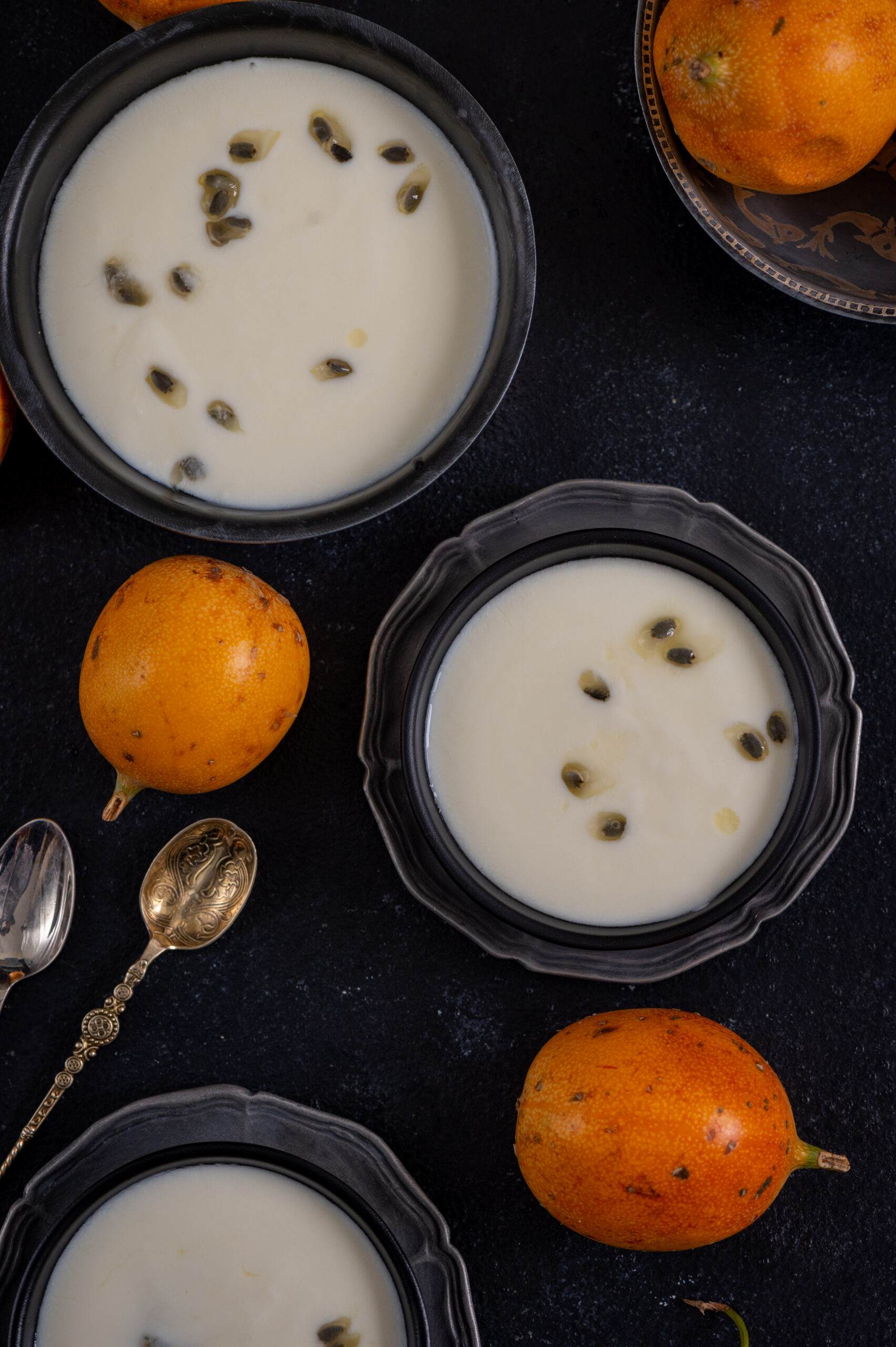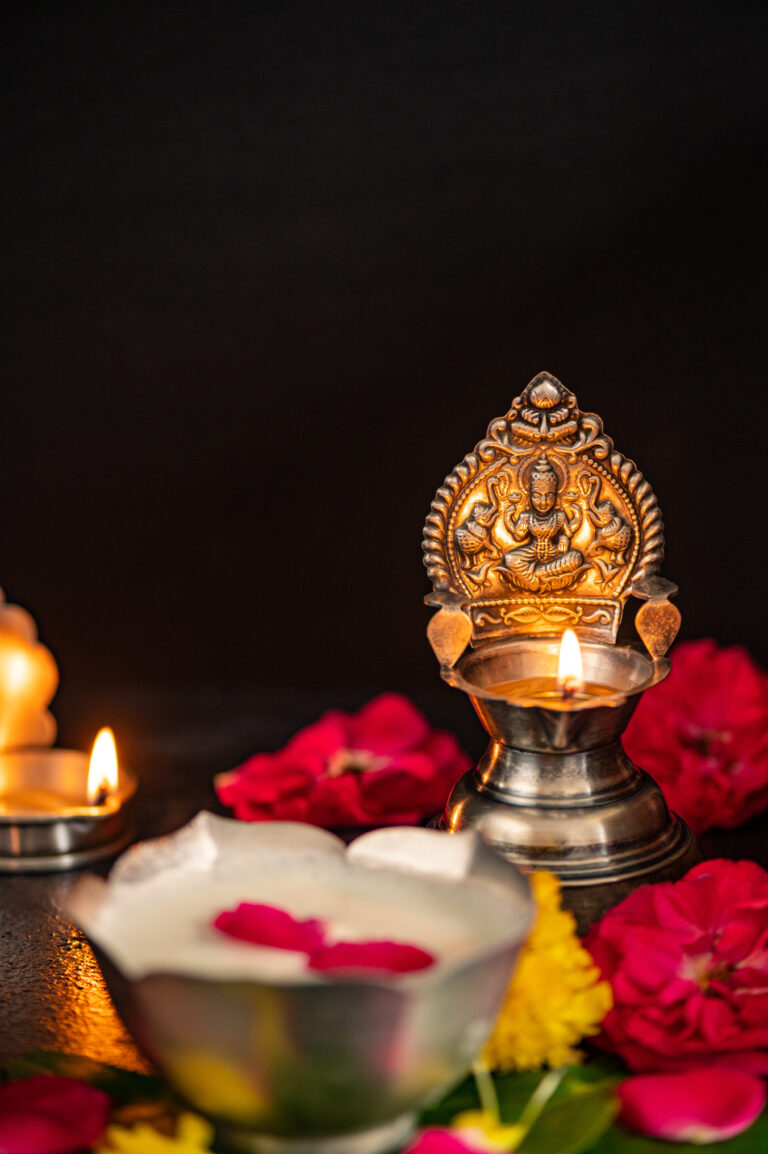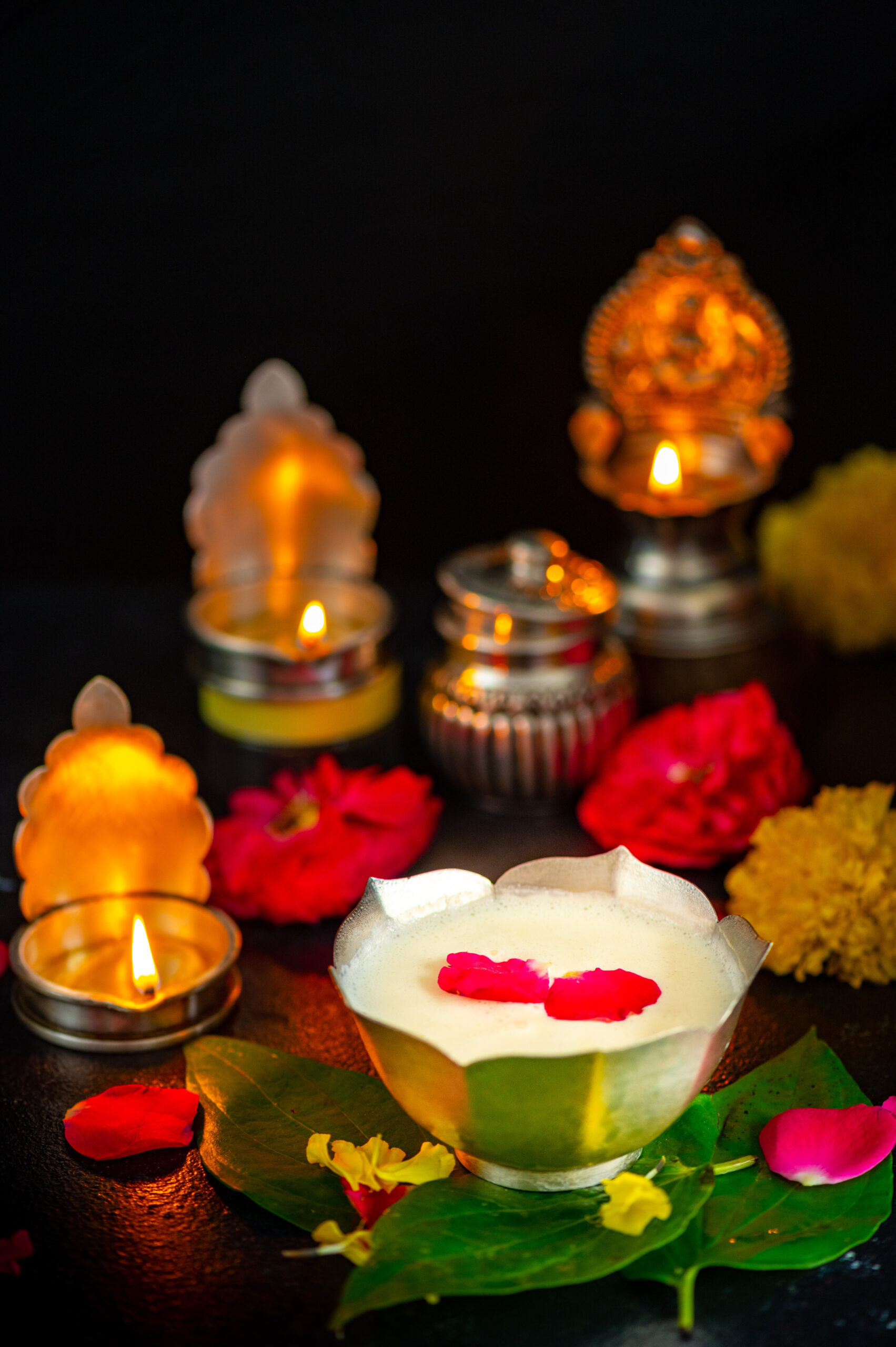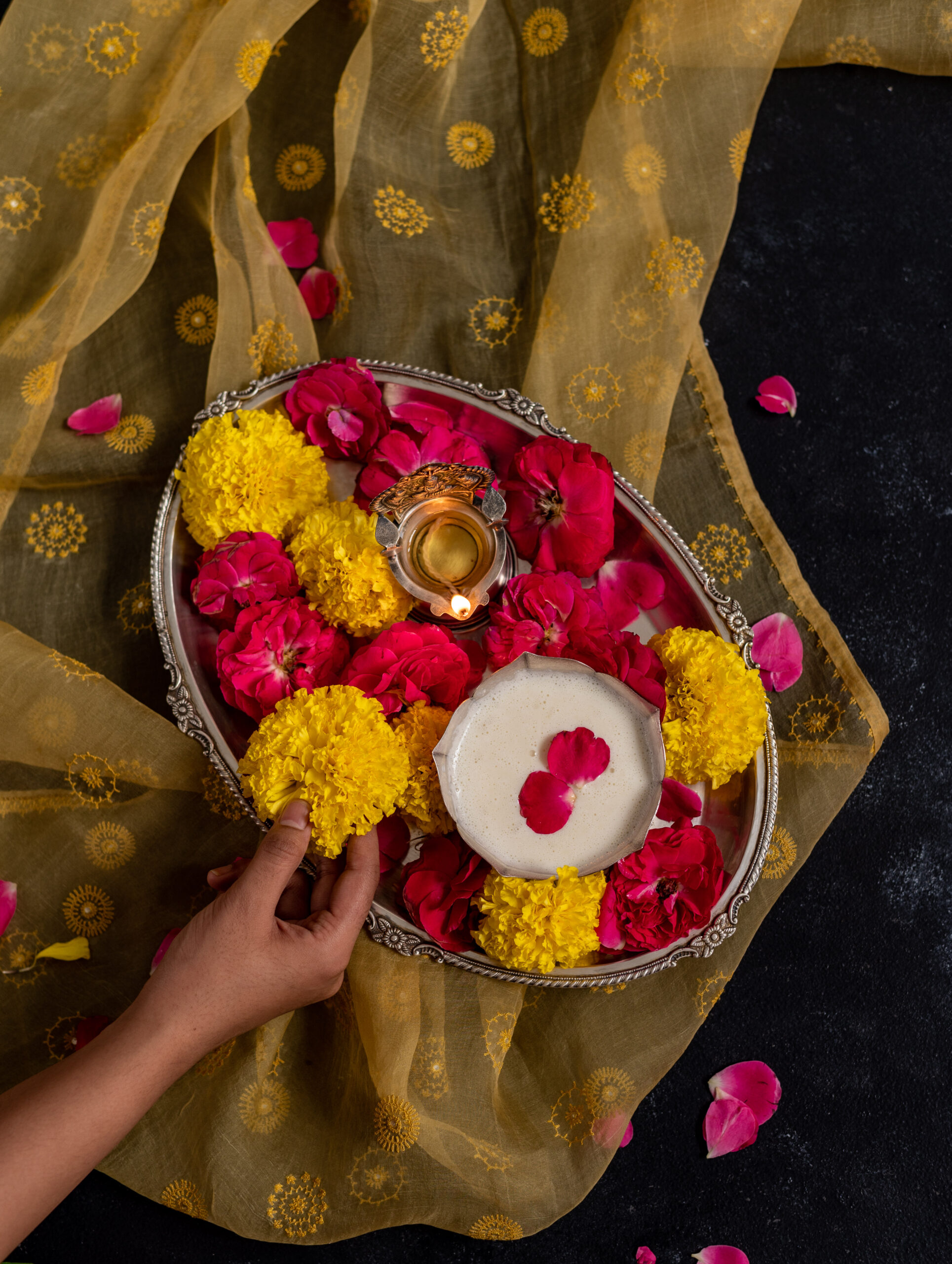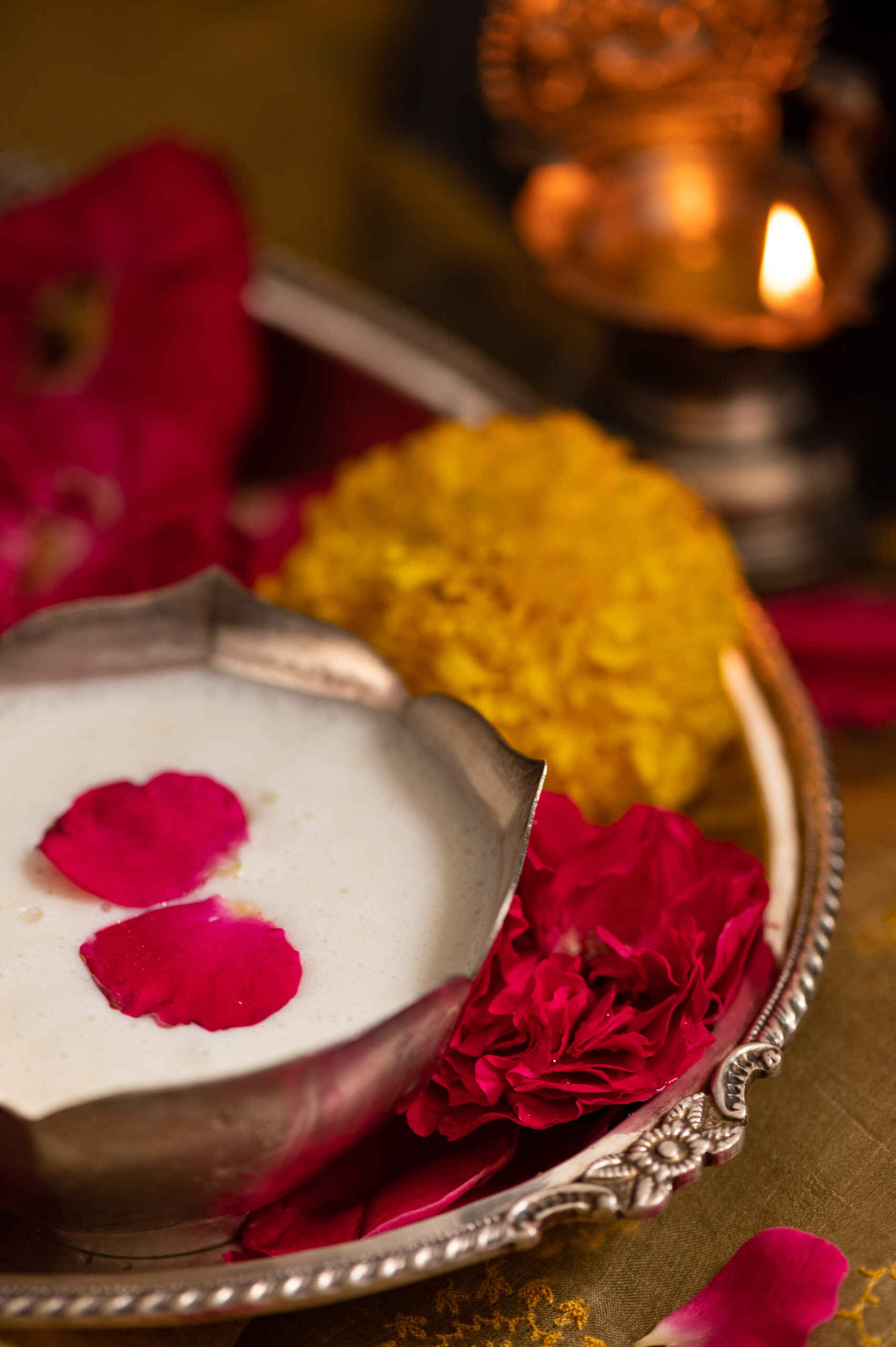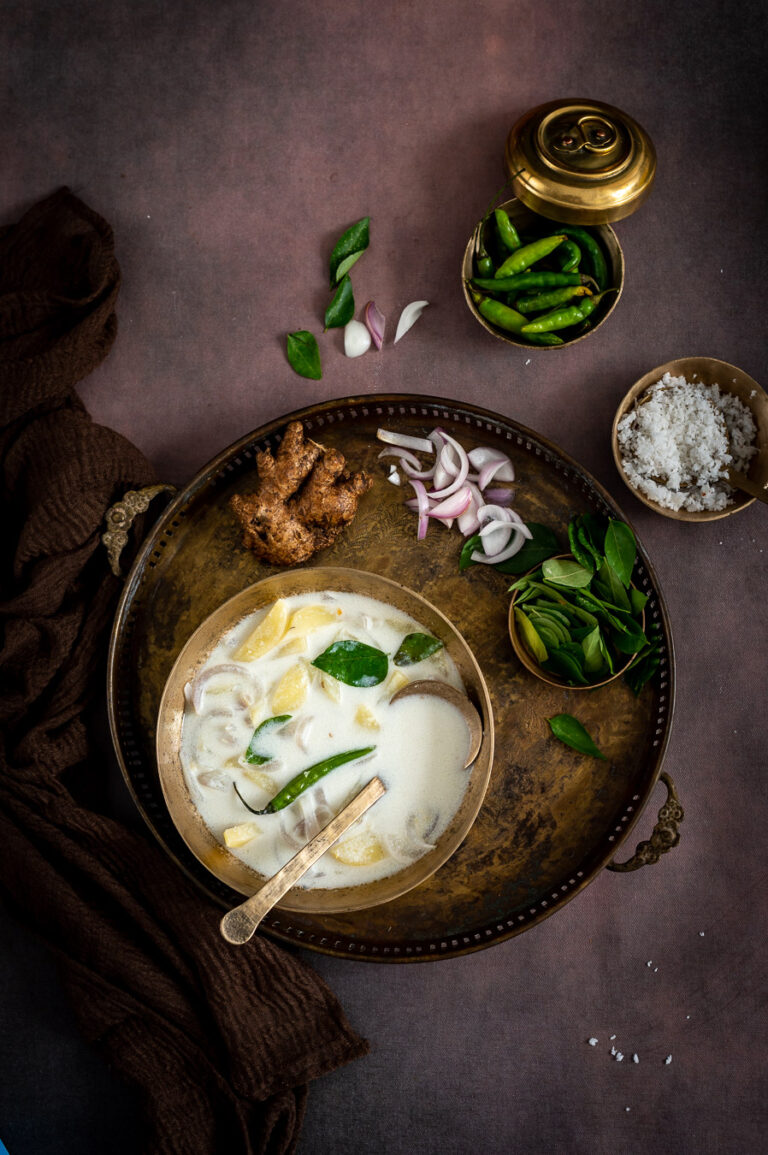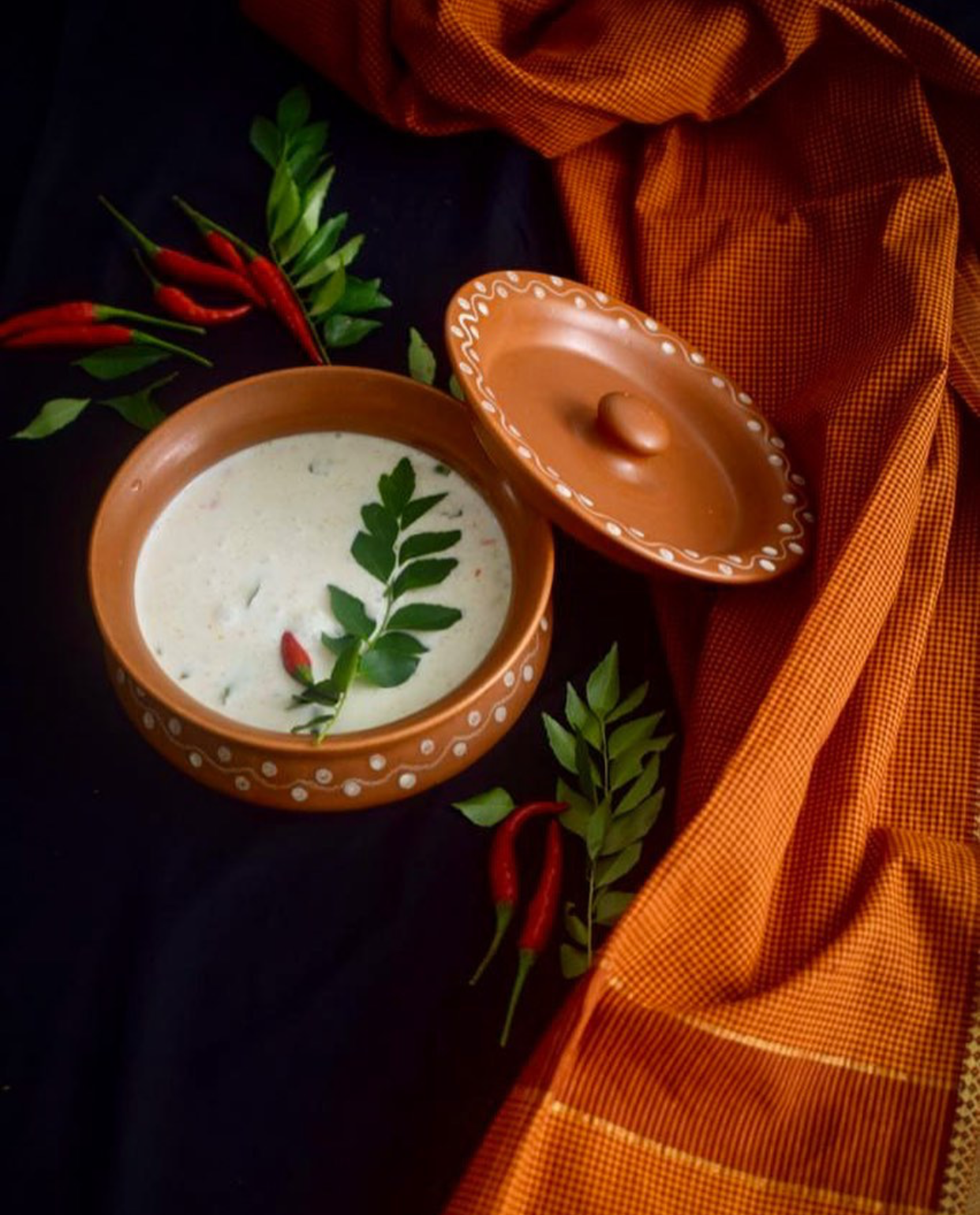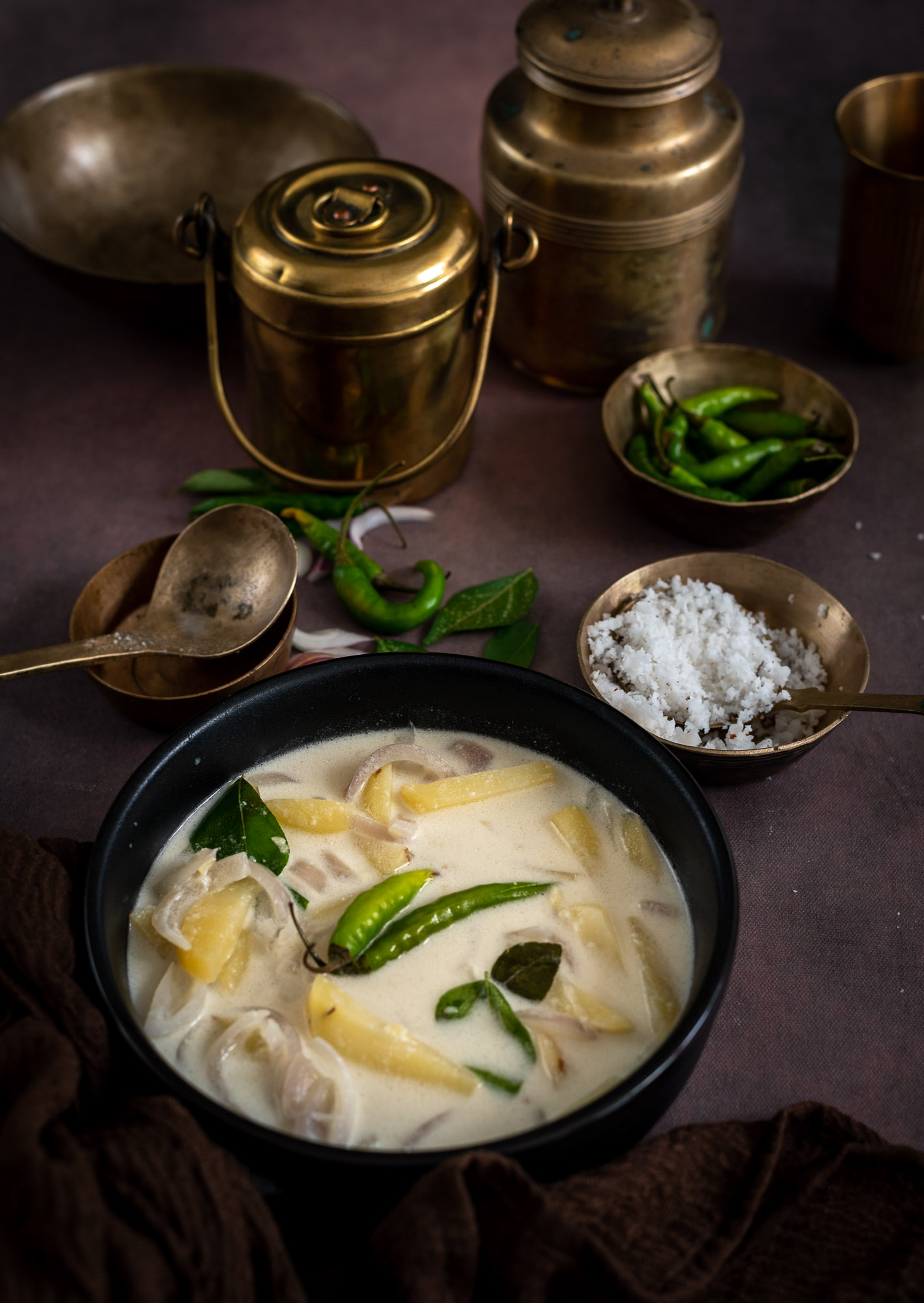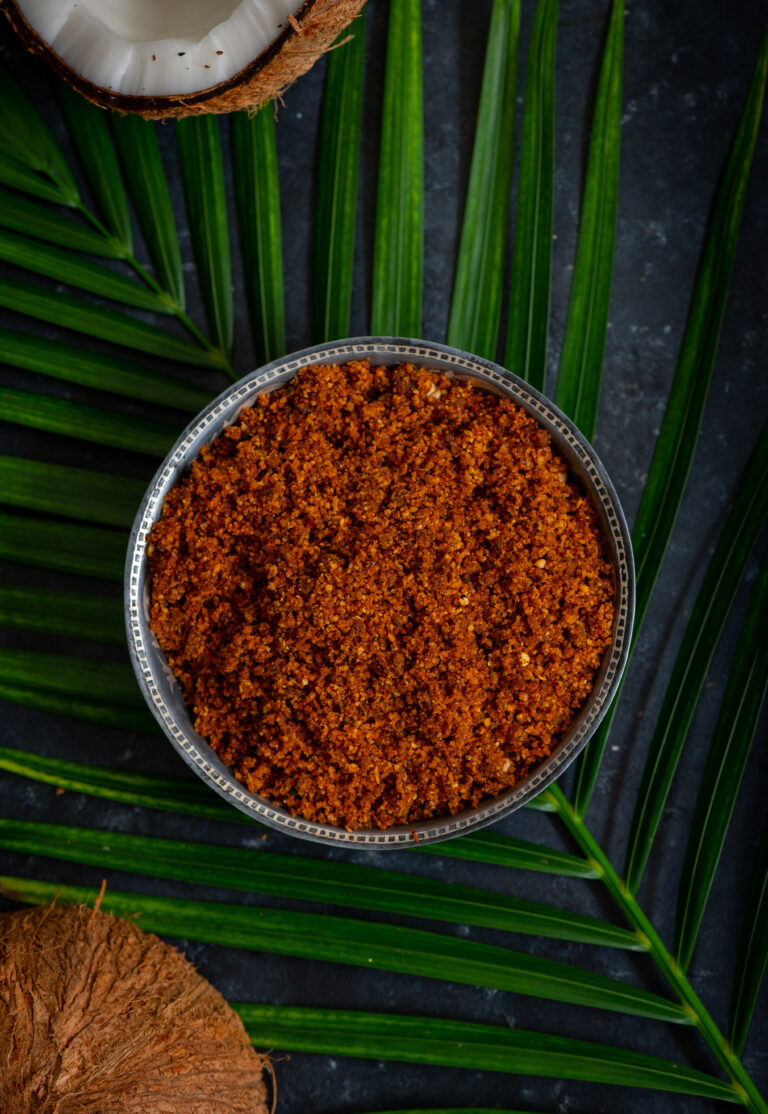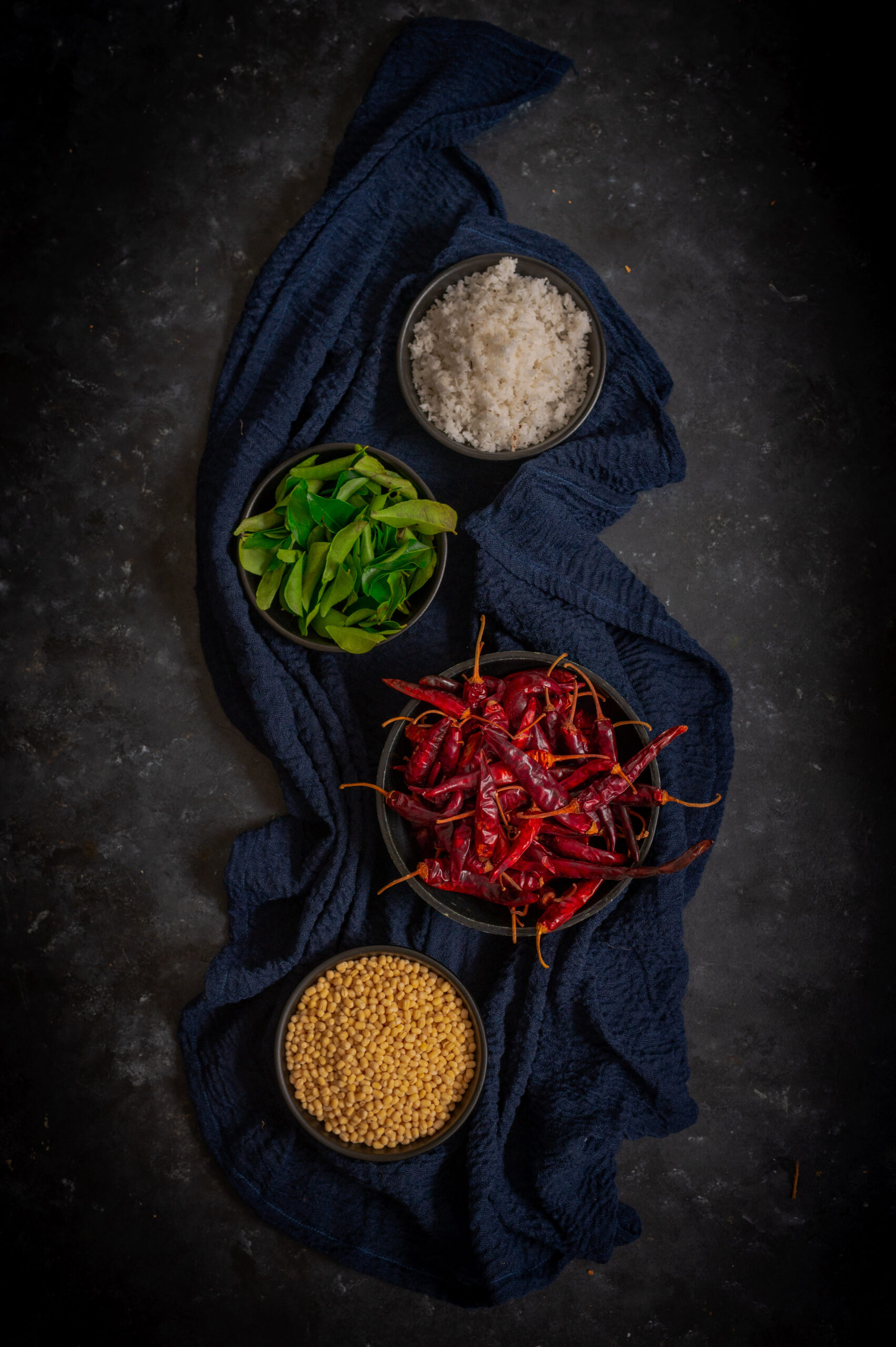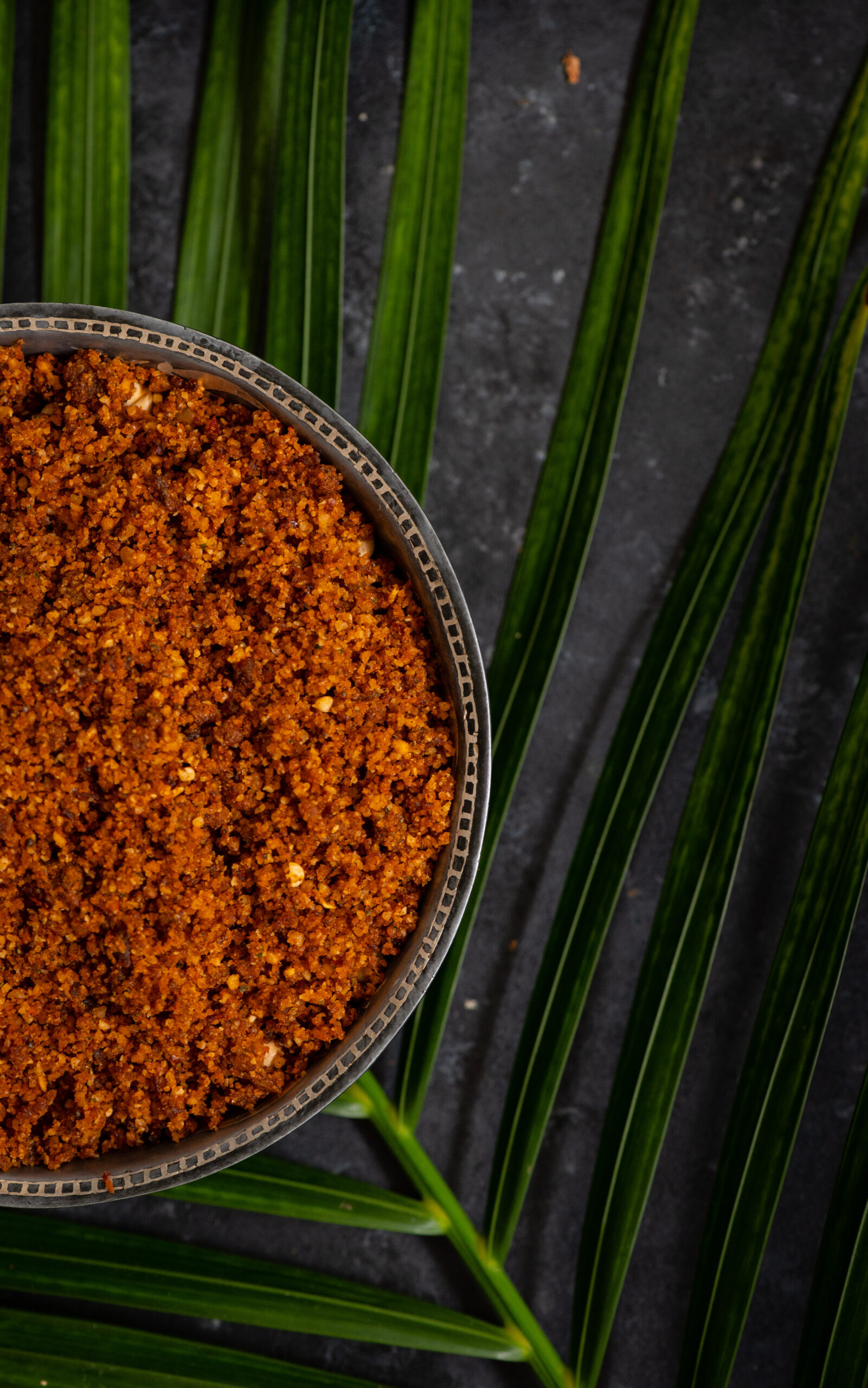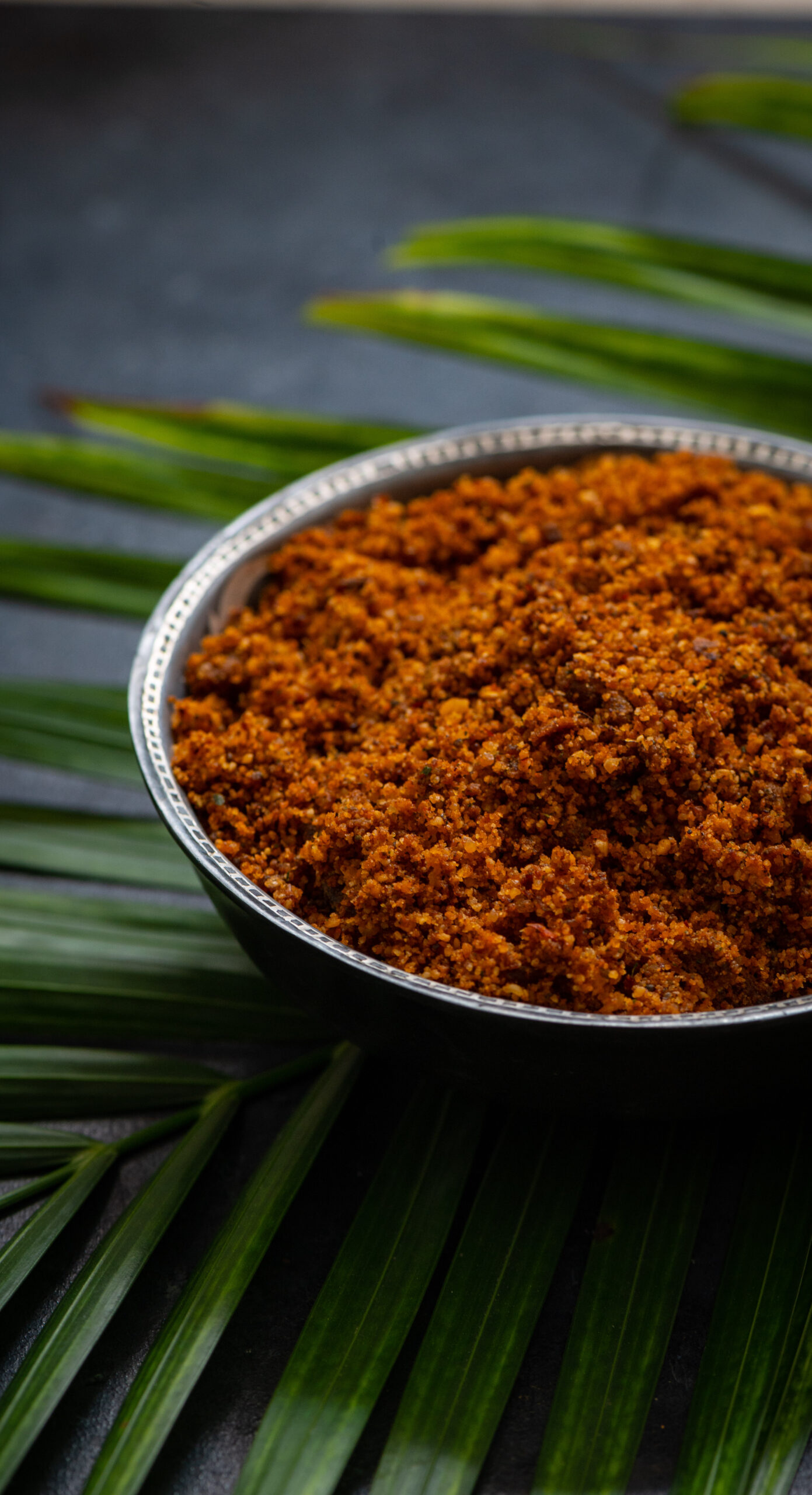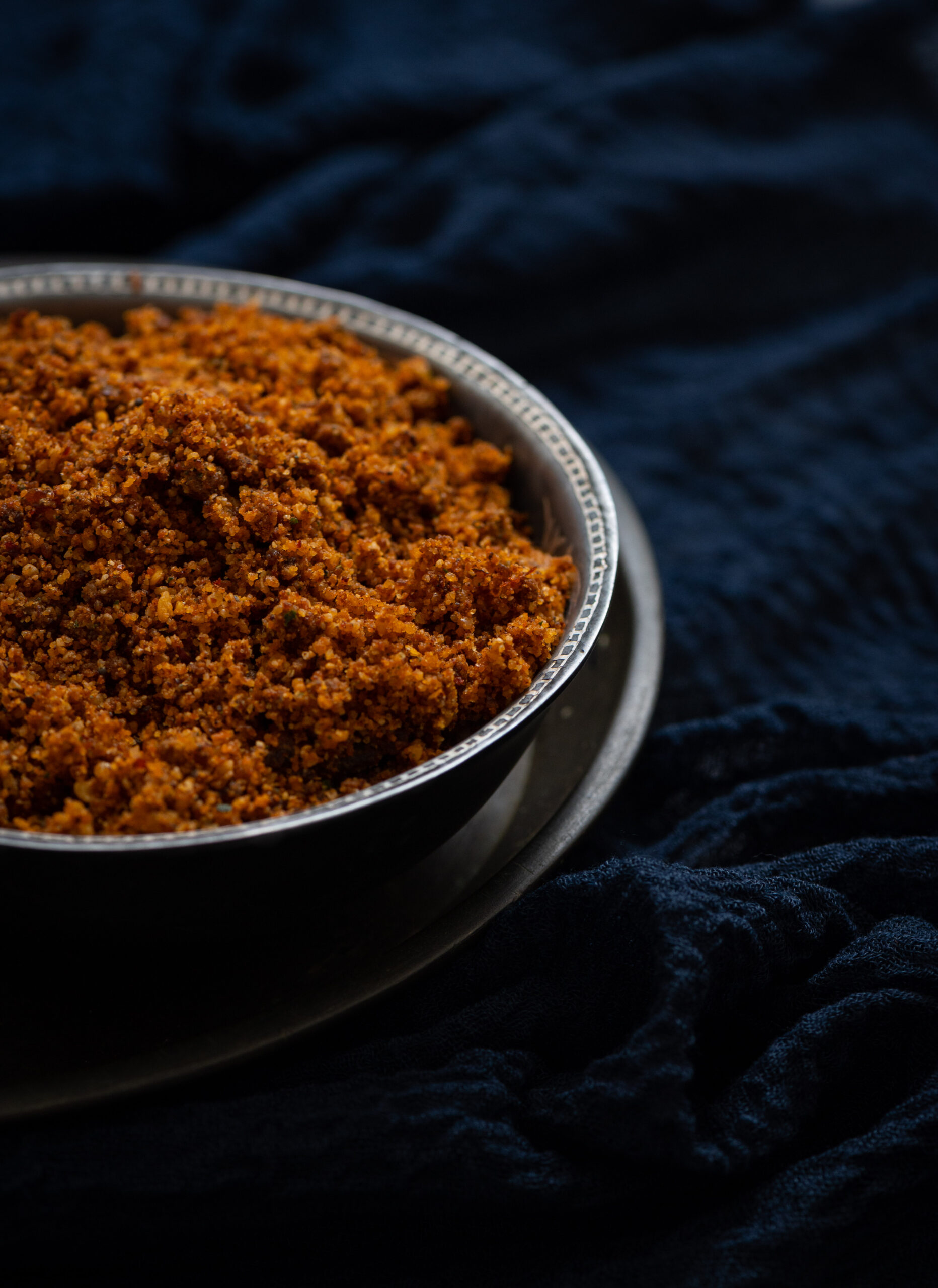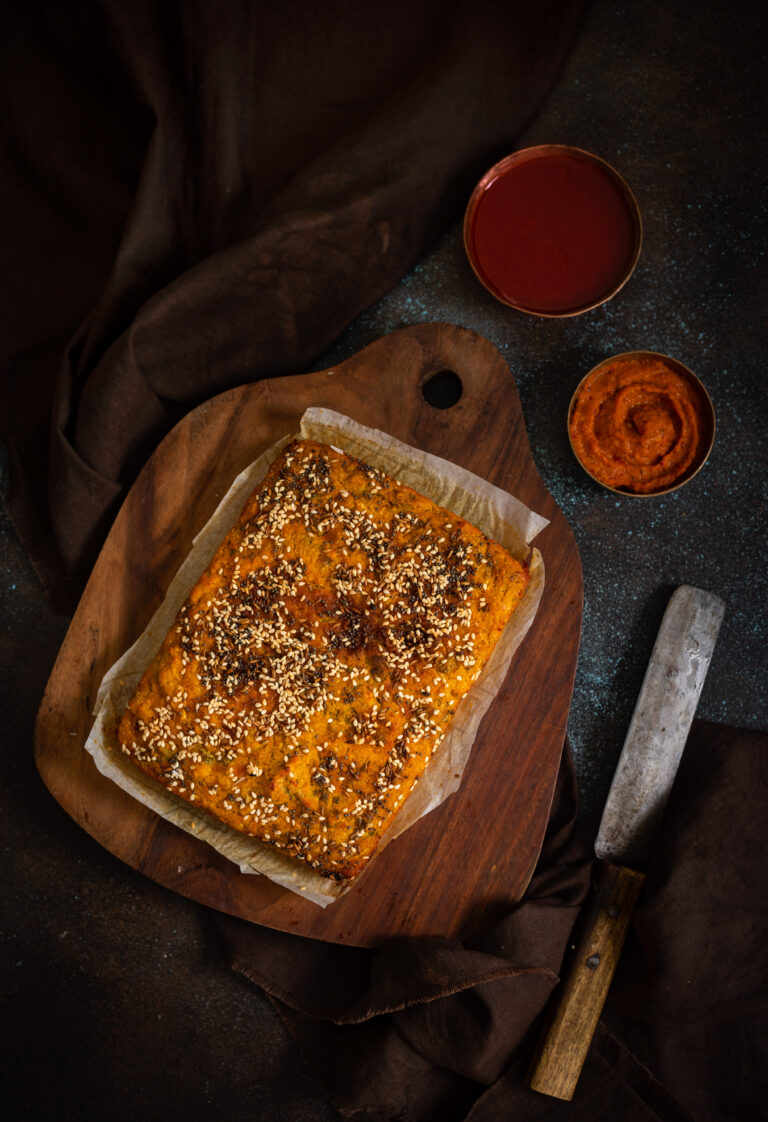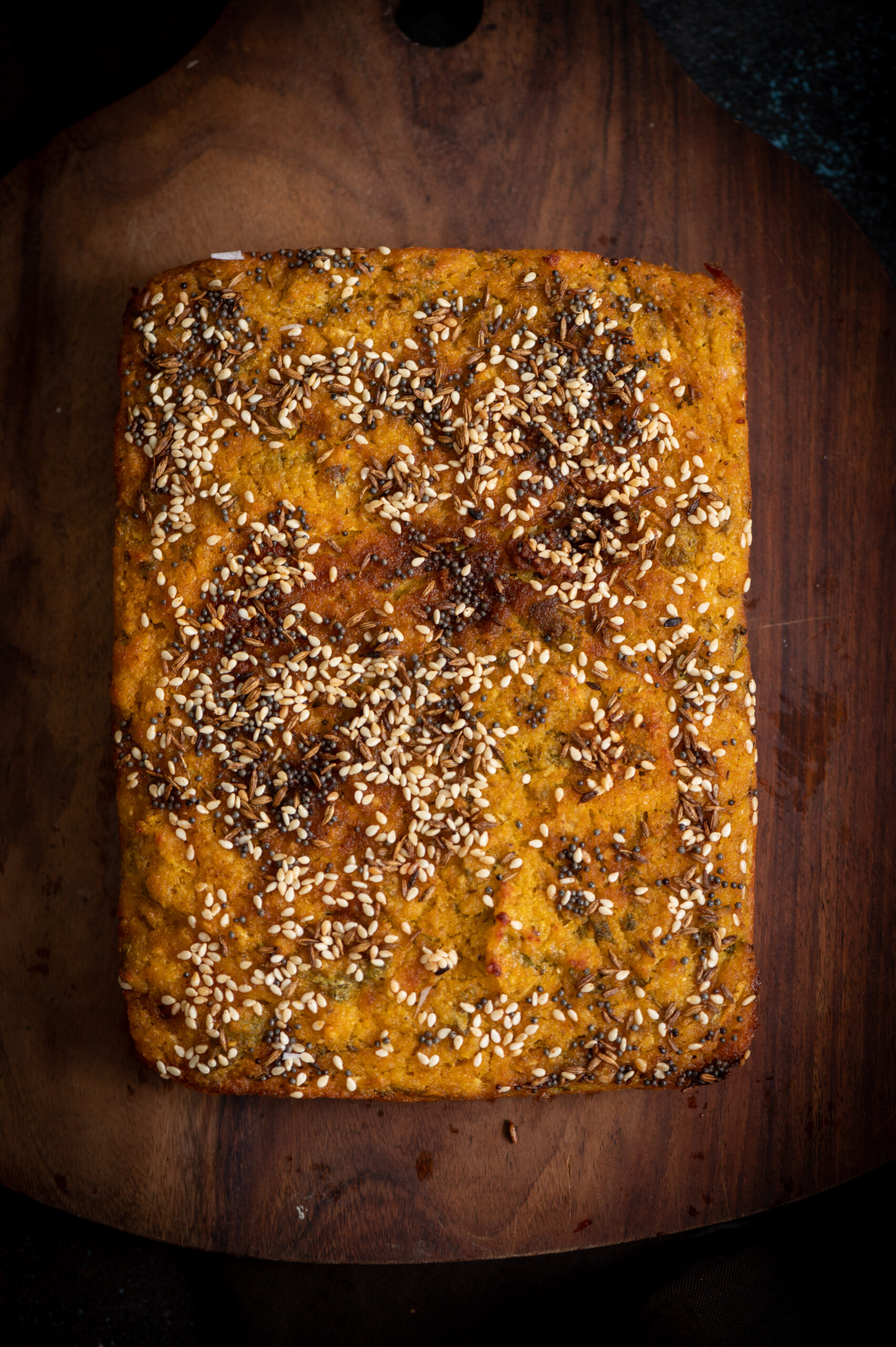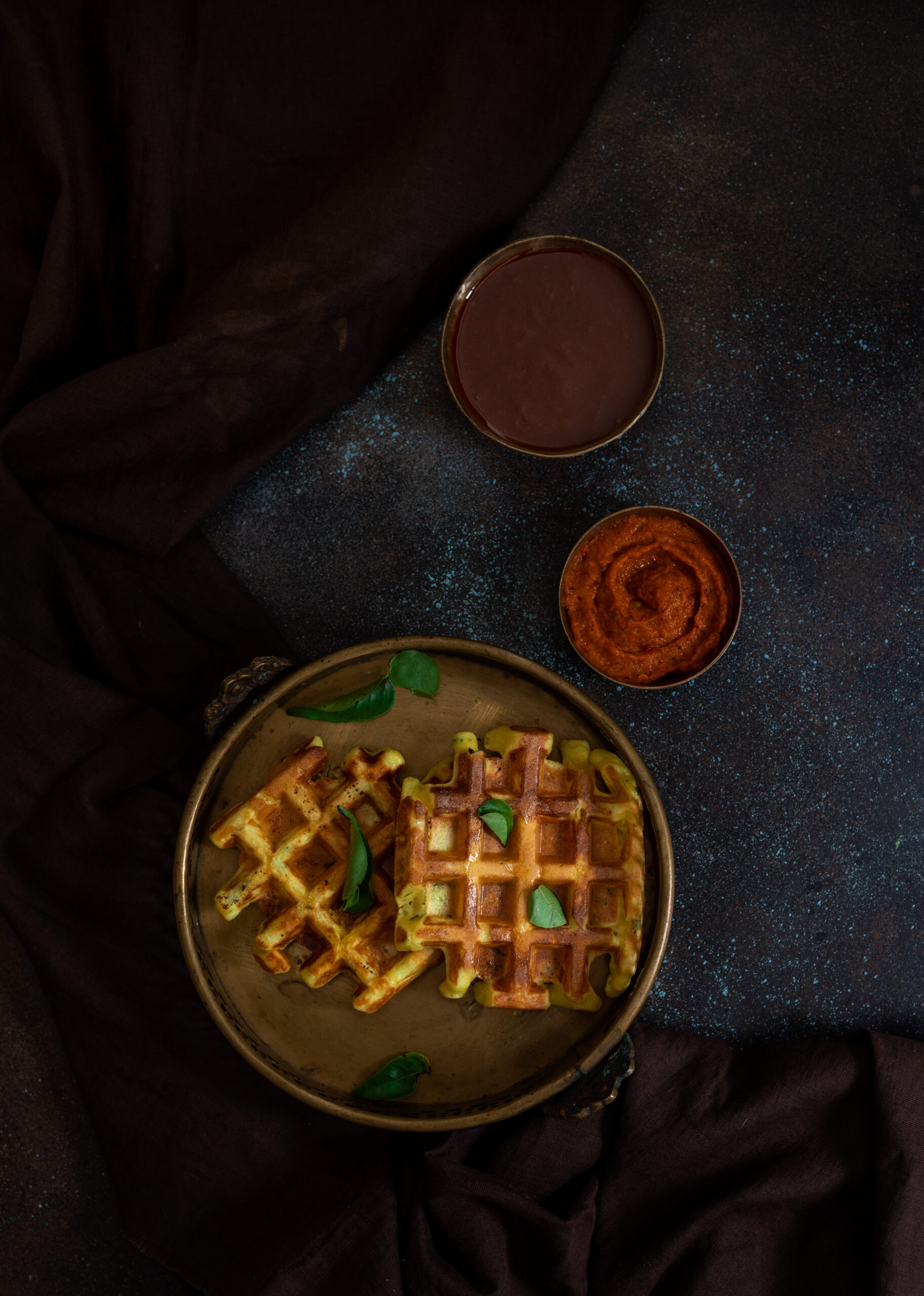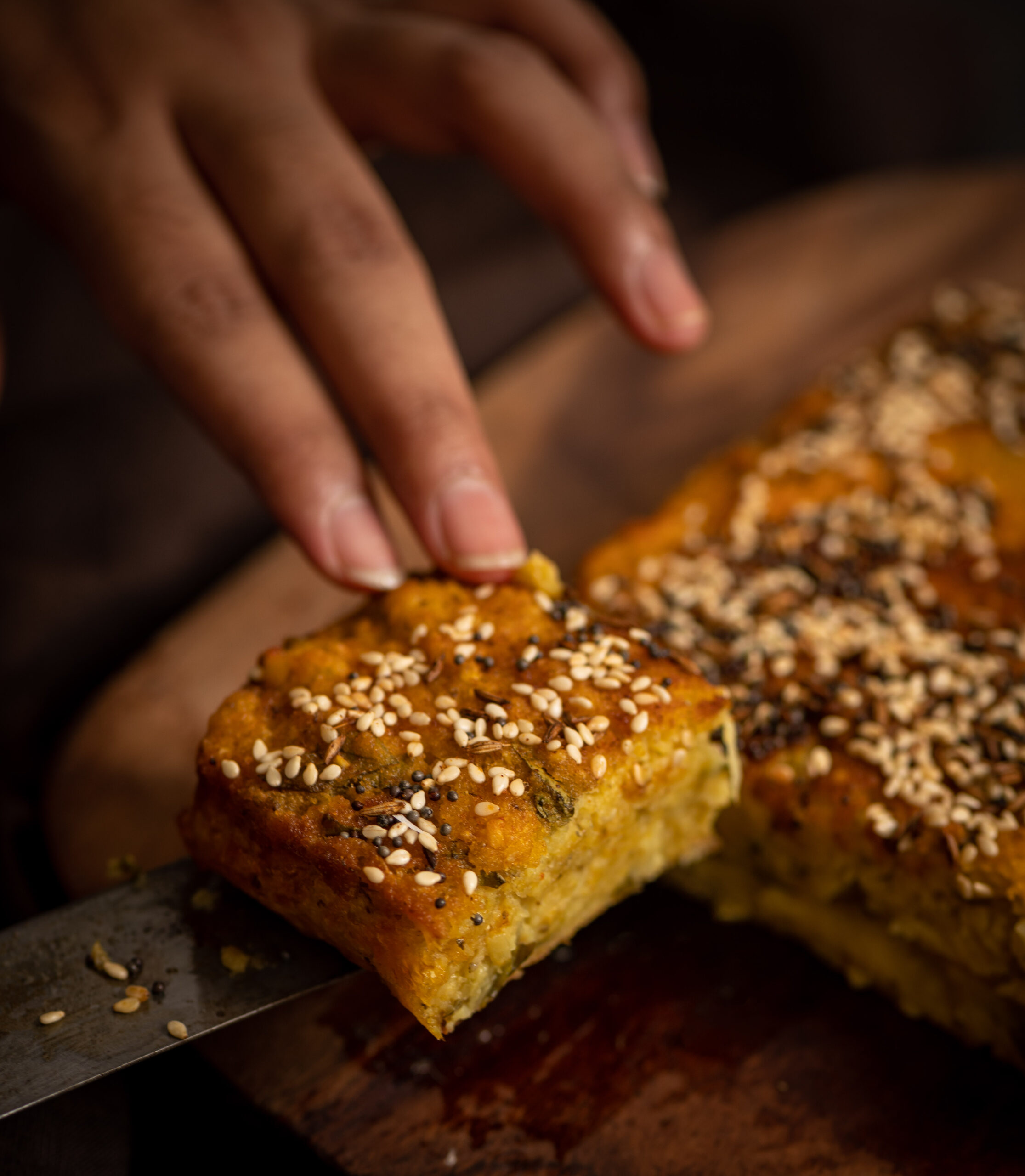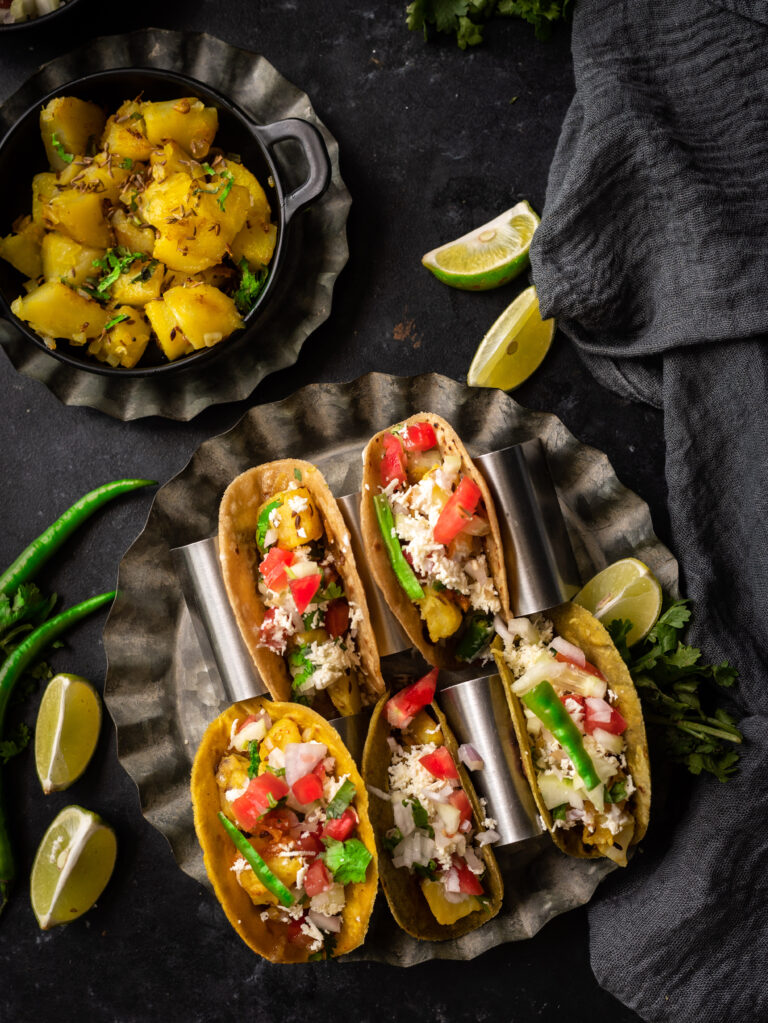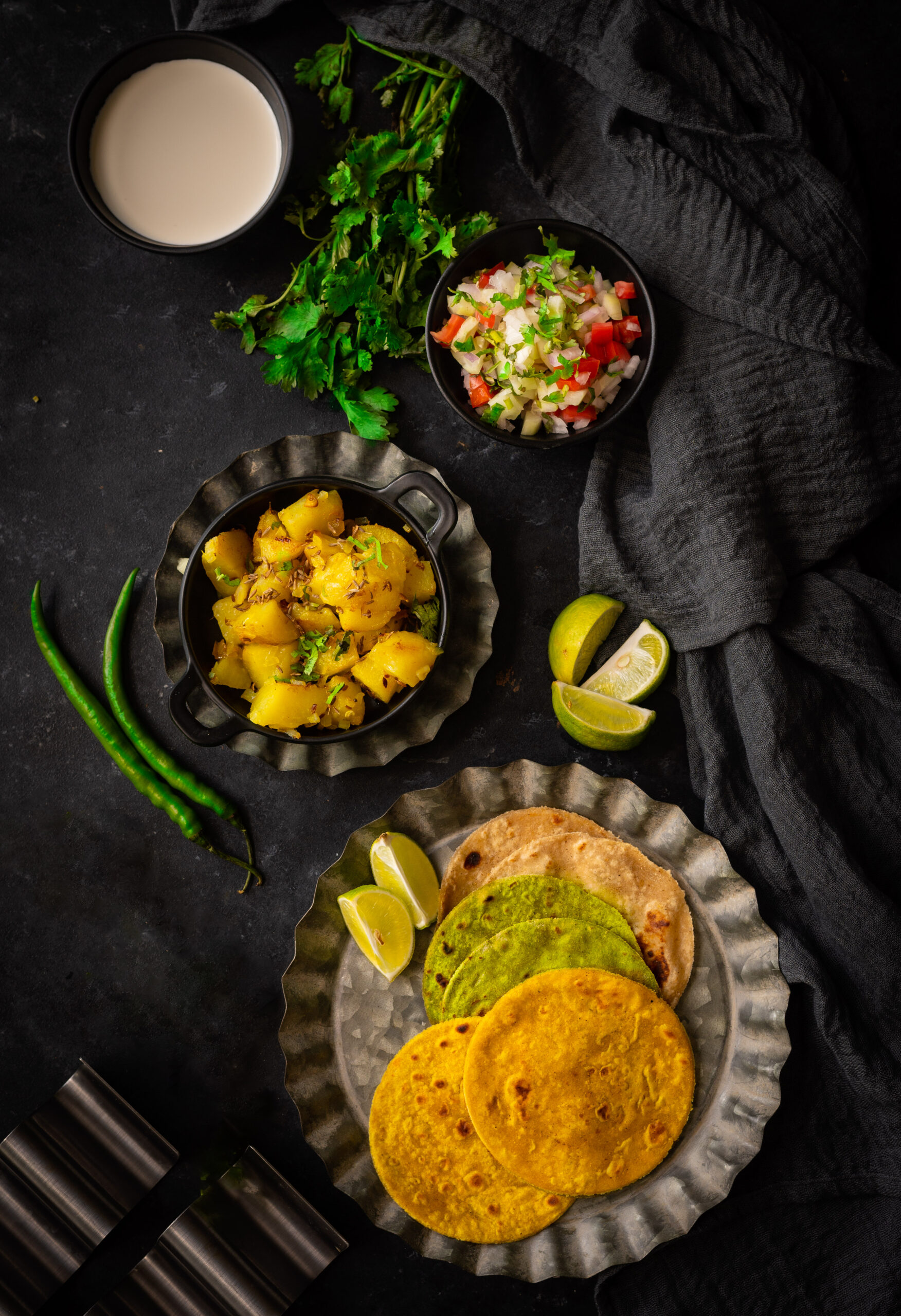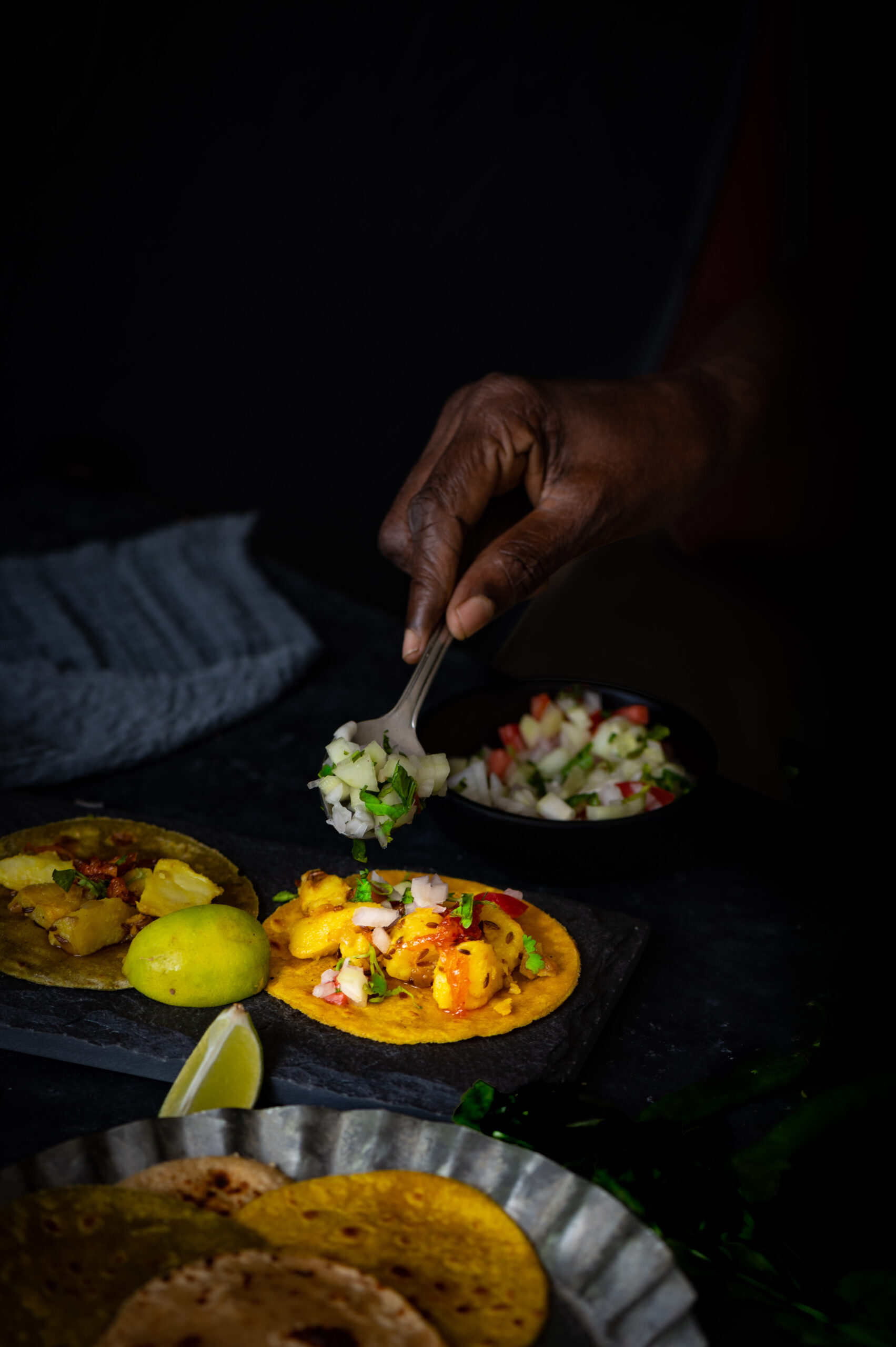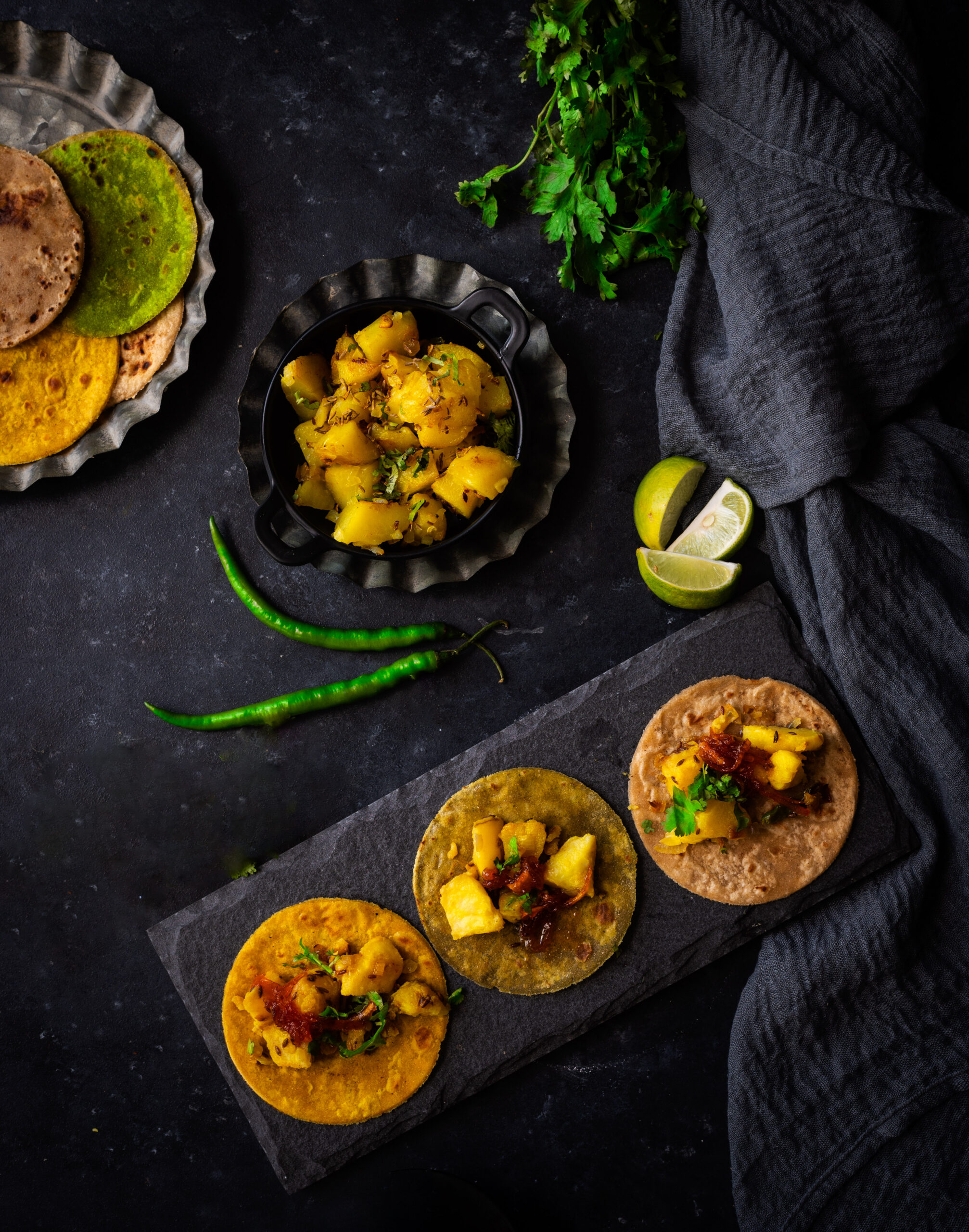The new year has dawned, and with it much hope and optimism for what is to come. As I said in my previous post, which was a recipe for a festive boozy hot chocolate that I hope you enjoyed, every one of us has learned so many lessons recently. If we would just take time to reflect on them, we would all see how much we have to be grateful for. As for me – and if you’ve been on my journey here right from the start, you may already know this – I do a lot of my reflecting over a cup of delicious, hot chai. As I was doing so the other morning, enjoying the gentleness of that early hour and my solitude in my garden, my thoughts drifted to the tea itself. I had been making it in my special way for so many years that I had almost forgotten how unique it is. It’s my pleasure to share it with you today, and perhaps it will become your special way too.
Even though tea is now a ubiquitous part of my life, this wasn’t always the case. The humble beverage was once an aspirational one for me, as it often is for children. Growing up here in India, neither caffeine nor sodas were permitted for children in most families of my generation. We were always given milk instead, or a milk-based healthy drink such as Bournvita. Tea or coffee were drinks we could only watch adults consume, knowing they were forbidden to us!
For me, the most vivid childhood impression of tea was always from the summer holidays when my mother’s entire clan of nine siblings would meet along with all of their own children. From wherever we were in the country or the world, we would descend on their sleepy little hometown. That meant that 50 or 60 cousins would be under the same roof, and you can imagine what happy times these were. As for the adults, I would often notice how they would chatter all night long over cups of freshly-made tea. To me, tea represented their bond. I always associated it not only with grown-upness, but with a sense of camaraderie.

Funnily enough, both of my siblings grew up to reject caffeine, even though as kids all of us and our army of cousins were constantly asking when we would be able to try some chai for ourselves. This meant that I only became properly introduced to it in my mid-20s, once I’d gotten married. It was love at first sip, happily infused of course with the knowledge of fulfilling a long-held childhood wish.
Over time, I began to infuse my cuppa with more than just memories. Playing around with different flavourings over the years, I found a version that is perfect for me. My special chai uses both lemongrass and ginger. I have one cup of it every morning, and a half cup every afternoon. The time I spend with my tea is always a pleasant and even meditative few minutes, with and without company.
It won’t surprise you to know that I’m quite particular when it comes to each ingredient in this tea. I tend to use homegrown lemongrass, but I am also partial to Maharashtrian lemongrass. Lemongrass tea is extremely popular in there, where it’s called “leelee cha” or “green tea”, in reference to the colour of the leaves, not to be confused with the other variant of green tea. So whenever a dear one is coming via the state, I insist that they bring me some. My husband is in Mumbai at the moment, and I’ve told him he isn’t permitted to return home without some lemongrass leaves from a local vendor! I’m so obsessed with having lemongrass in my tea that whenever I’m falling short of the ingredient, I tell the rest of my family that they’re just going to have to go without it and hoard it all for myself.
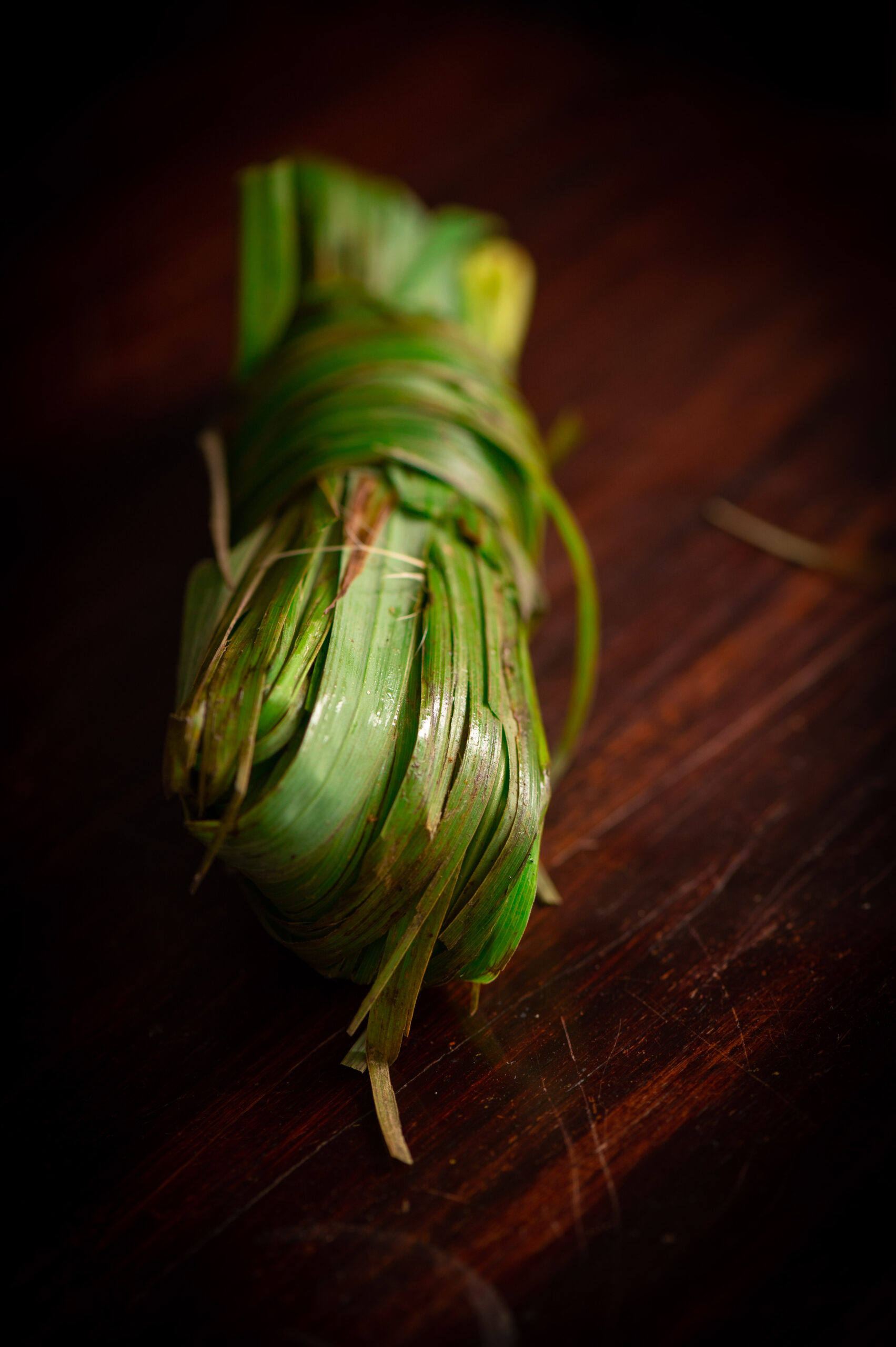
Complementing the spicy lemongrass is the equally piquant ginger, which is always freshly crushed. As for the tea leaves themselves, I used to have a fondness for the citrusy tang and rich colour of orange pekoe, but later it was several variants of tea sourced from the Nilgiris mountain range that became my favourites. Lately, with travel and access being more restricted, I’ve discovered some lovely Indian supermarket brands for good quality tea leaves too. I’m not a fan of tea bags, and believe that powdered tea leaves are one of the secrets to a great chai.
That reminds me of another cherished tea memory of mine. I’ve spoken many times about my travels to the Nilgiris (such as in my harra bhara kebab recipe, vegan passionfruit shrikand recipe and plum chutney recipe). Many lifelong Chennaiites like myself will have decades of holiday reminiscences from time spent in the coolest climes of Tamil Nadu. Among these for me are memories of a dear family friend who lived in the hills, Mrs. Bosen. She ran a kindergarten school, and my kids too have fond recollections of going there to play with the little ones and teaching them the alphabet. She represented the summer holidays to us, and we loved spending time with her. Her tea was so legendary that whenever she invited us over, we would adjust our entire schedule for the day around arriving just in time to have it. It was simply incomparable, and continues to be our benchmark for brilliantly-made tea even though the lovely lady herself is long gone. Sometimes, when the evening tea has come out exceptionally well, one of us will still remark, “Doesn’t this taste like Mrs. Bosen’s tea?”
I often feel that the water used in tea, an ingredient we take for granted, also makes a difference. Does tea sipped in the Nilgiris taste so much better because of the water there, in which leaves grown there are steeped? Or is that just the taste of nostalgia? Either way, I always make my tea with mineral water. Chennai has hard water in the taps, and soft water is certainly preferable for tea.
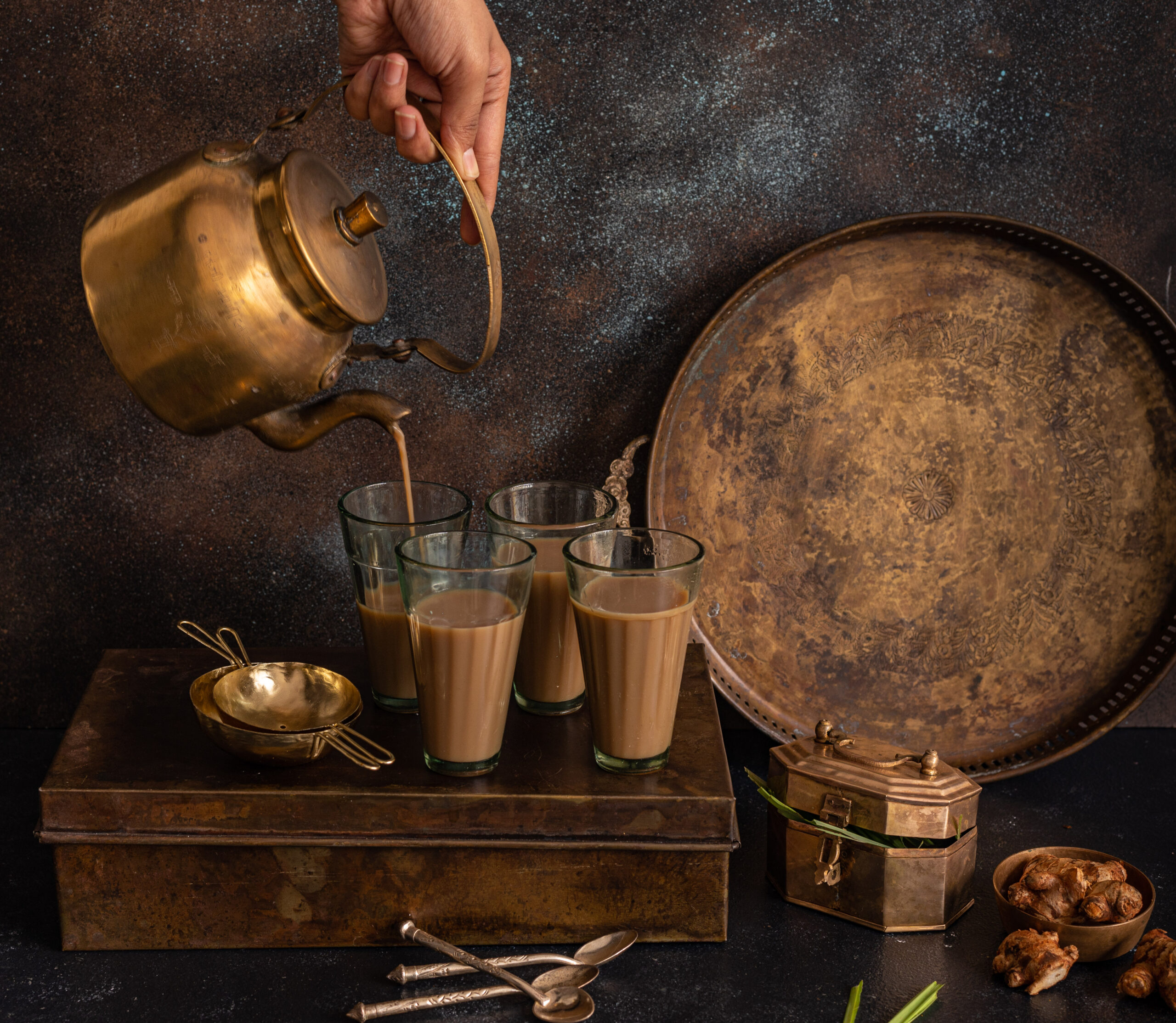
That said, I’ve certainly enjoyed a pan-Indian experience when it comes to tea. While I like mine with just a little splash of milk, in many parts of the country it’s made so that it’s often more milk than tea. Once I learned the reason for this – i.e. milk used to be a symbol of affluence, and from being a status marker it simply became a preference in many places – I understood that it’s all about the context. I may not have liked the variants with over-heaped chai masalas had I made them at home, but having those in North India in the winters where the extra helping kept me warmer made sense. Similarly with sugar, which I personally take less of, but I could appreciate in situations where it was used to turn a tea into a type of dessert too.
A confession: wherever I travel, no matter where else and how else I drink my chai, I always carry powdered tea leaves and some lemongrass with me, because I simply must have it my way at some point in the day. I’m sharing this recipe with you in the hope that it becomes your most trusted style of tea too.
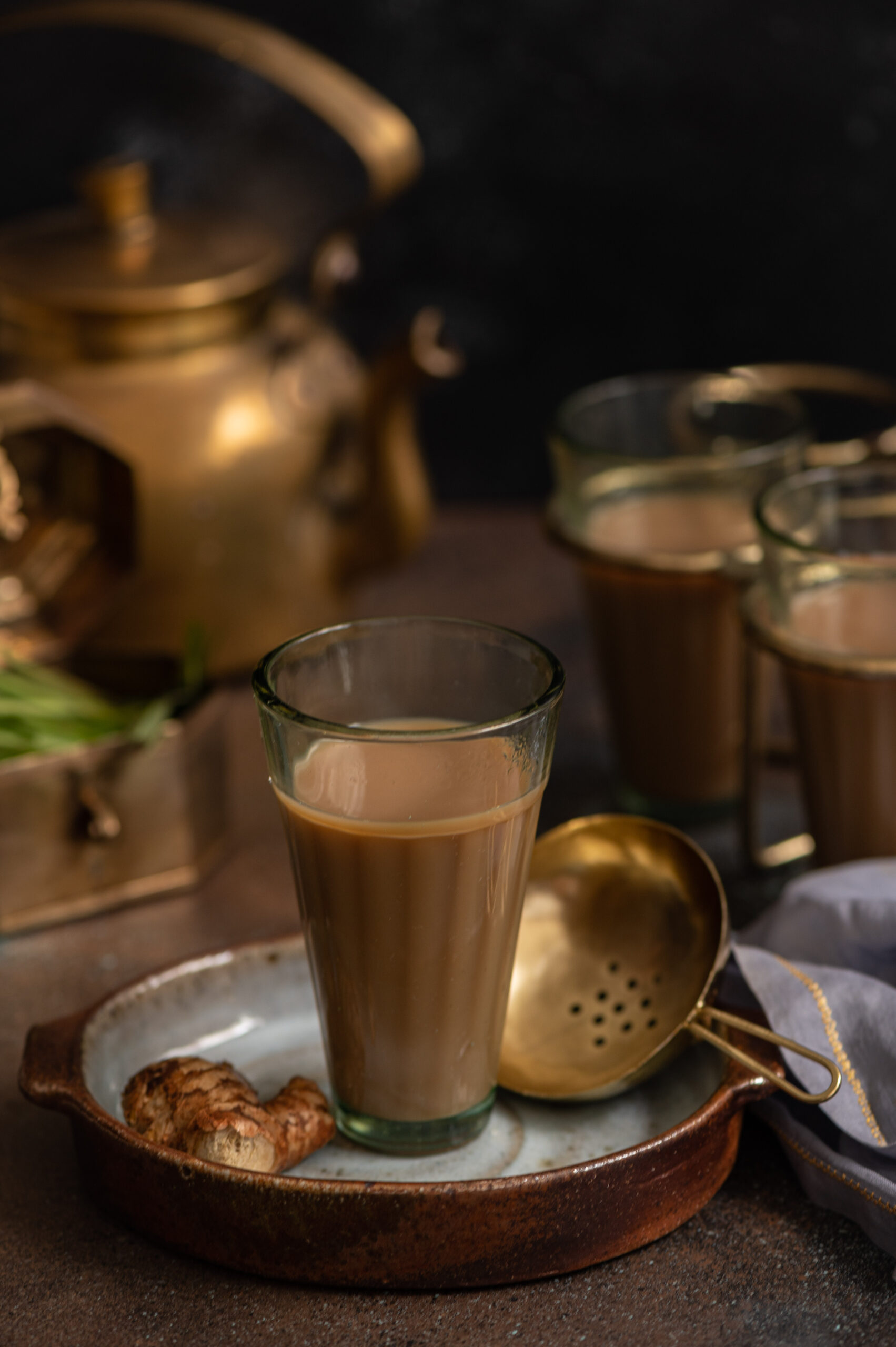
Nandi’s Special Chai
(Yield: 1 cup)
1 full cup water
¼ inch ginger piece (crushed)
2 pinches of lemongrass leaves
1 teaspoon tea leaves
2 tablespoons milk
Honey/sugar to taste
Boil the water along with the fresh ginger and lemongrass leaves in a pot. When it begins to boil along the edges of the pot, add the tea leaves. This will happen within approximately 2 or 3 minutes.
Once it’s properly boiling, add the milk. As I said, I use just a splash, but you can adjust the quantity as required. You can certainly make this recipe with almond milk too. I often do, whenever I’m in a vegan mood myself.
After about 30 seconds, switch off the flame and cover the pot with with a lid. Covering it ensures the flavours will blend nicely. Let it sit for another half minute.
Now, strain the tea. Enjoy your cup with honey or sugar or neither, depending on your preference. If you’re like my husband, who hates mugs, I’m sure that proper tea cups are a must in your serving style. If you’re like anyone in my home, a slice of cake may tempt you too!
That first sip – ah, so satisfying. Tea is one of those things that anyone can learn how to prepare, but which becomes simply sublime when someone has a knack for getting it just right. I happen to be that person in my household, by unanimous vote. Although I’ve taught every single one of them the very same recipe I’m sharing with you today, they insist that I make it best, and so I’m always the designated tea-maker. Perhaps that’s because of the special ingredient, which is not so secret at all – love.
